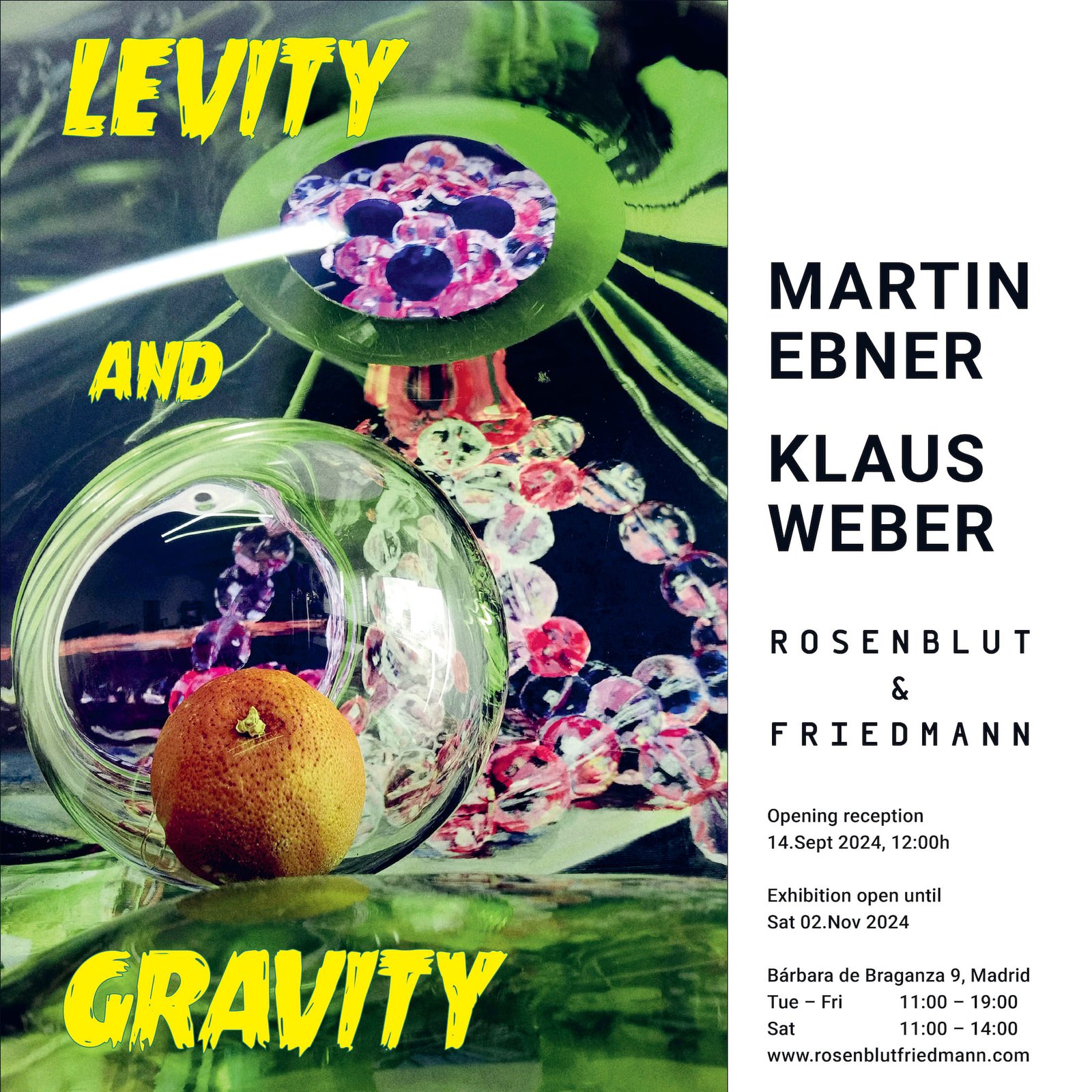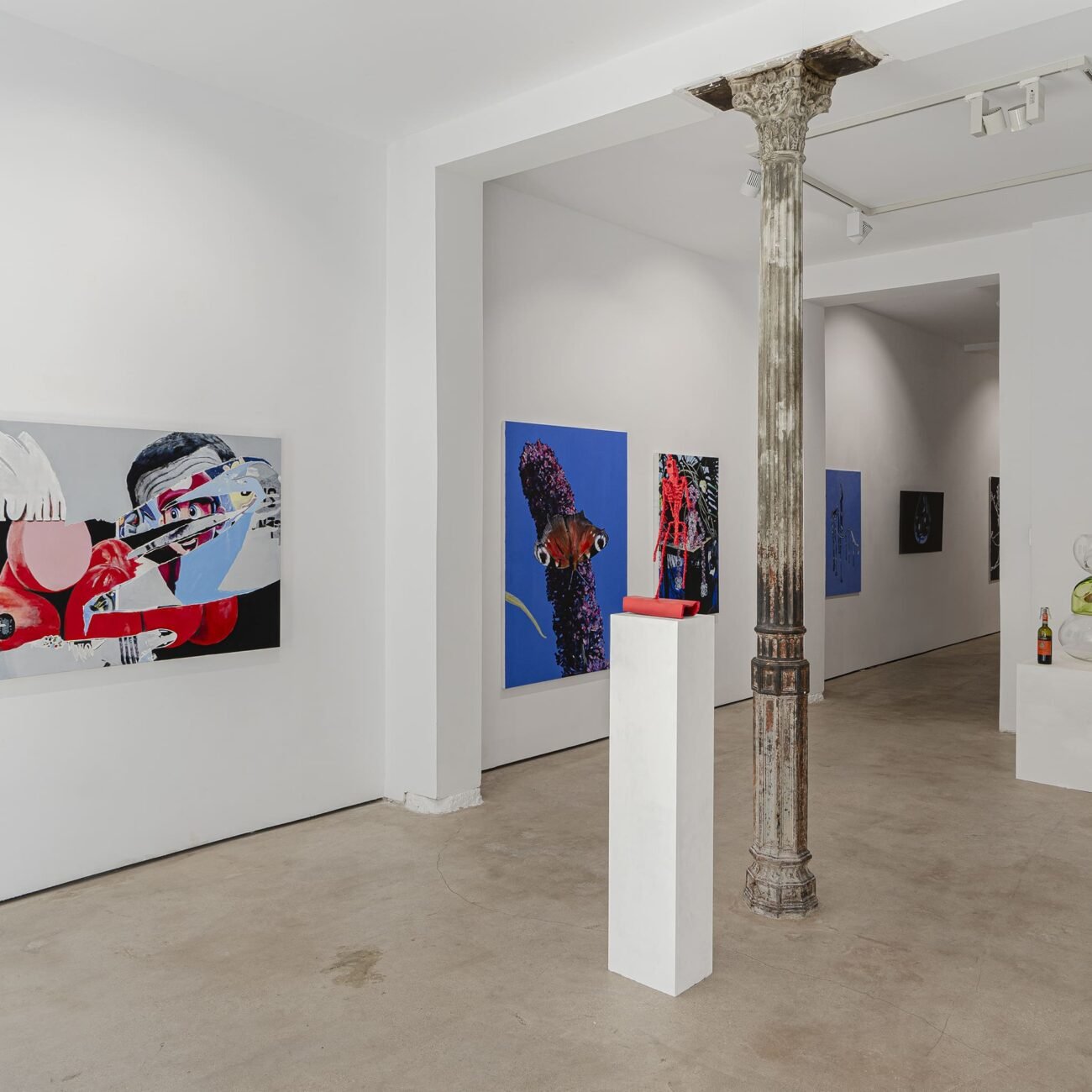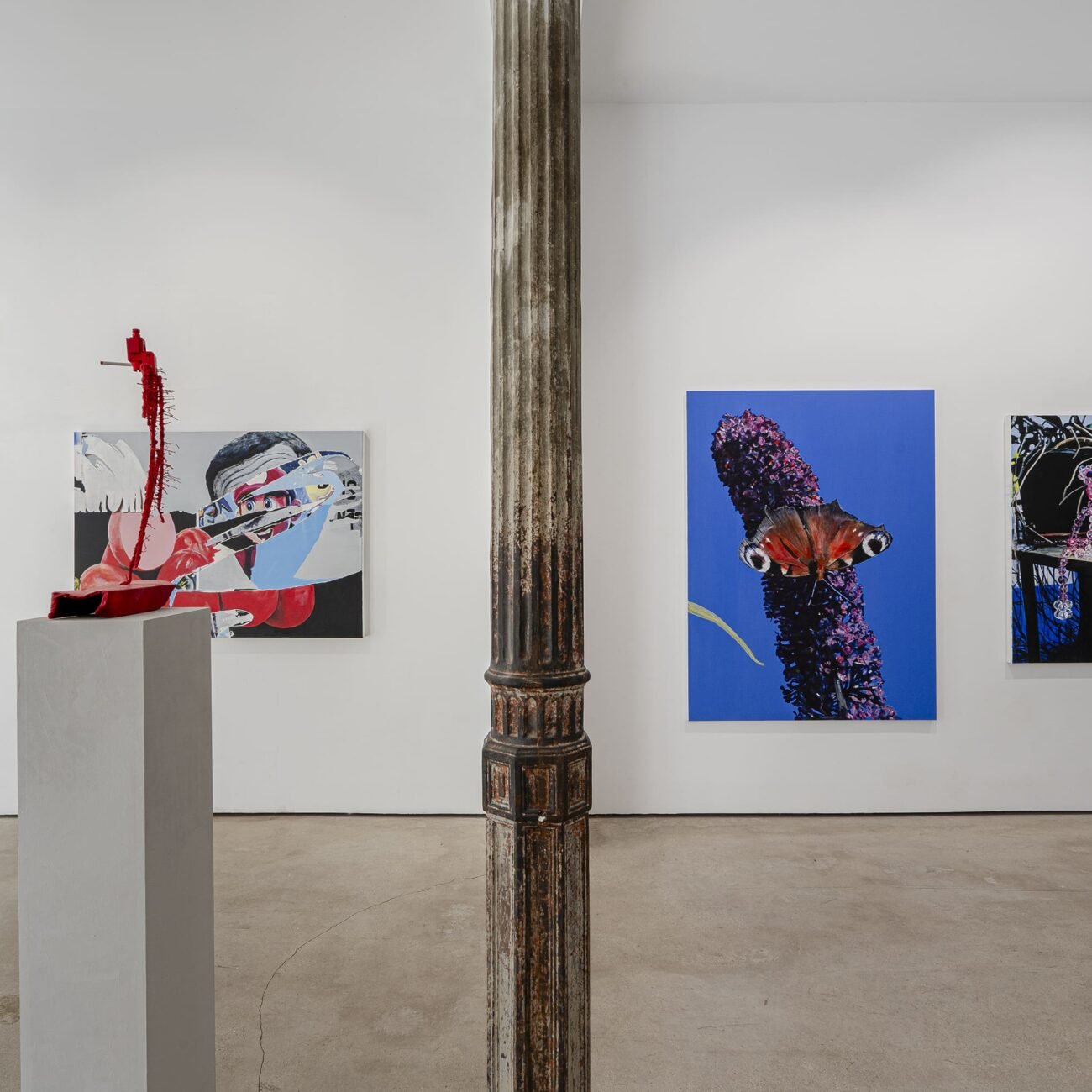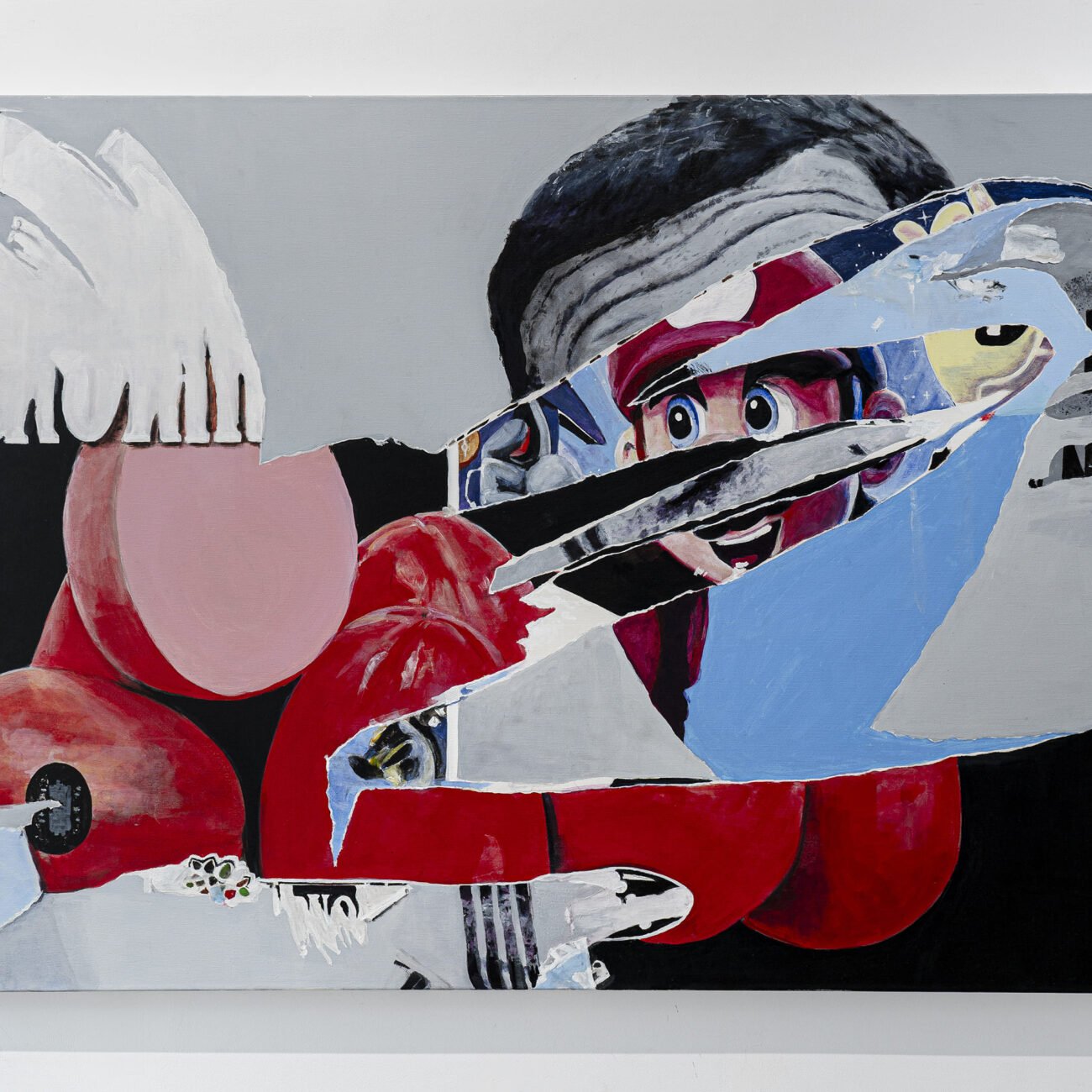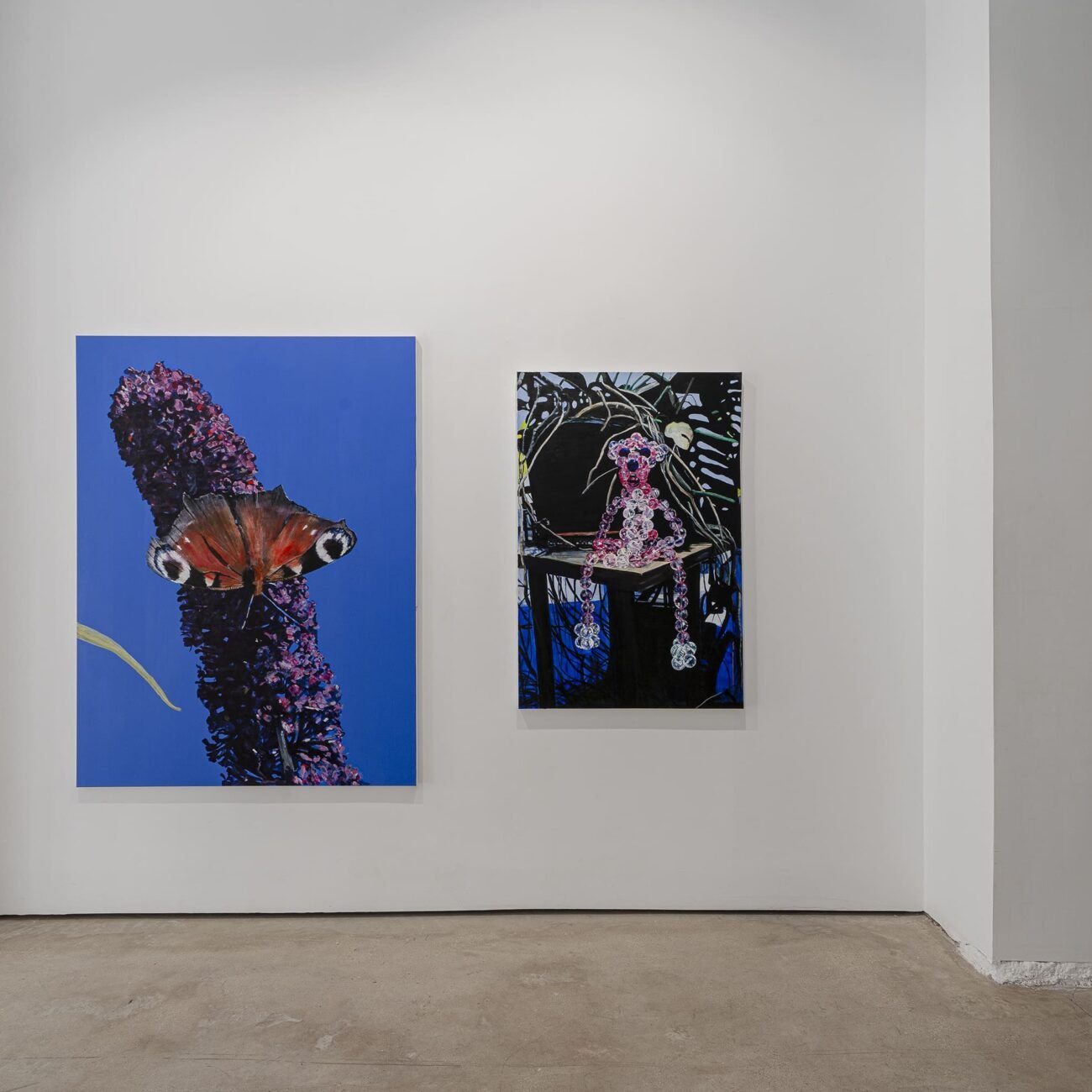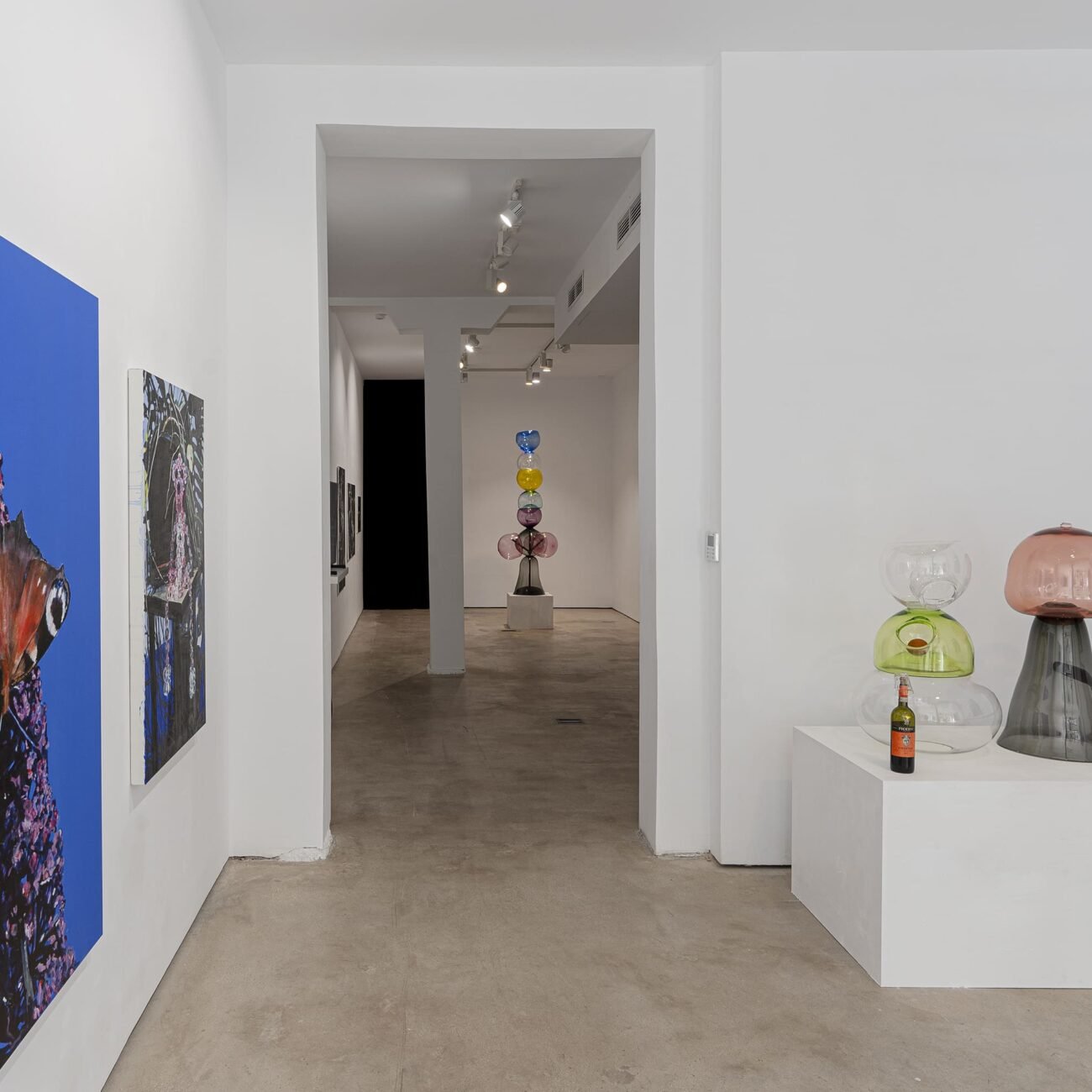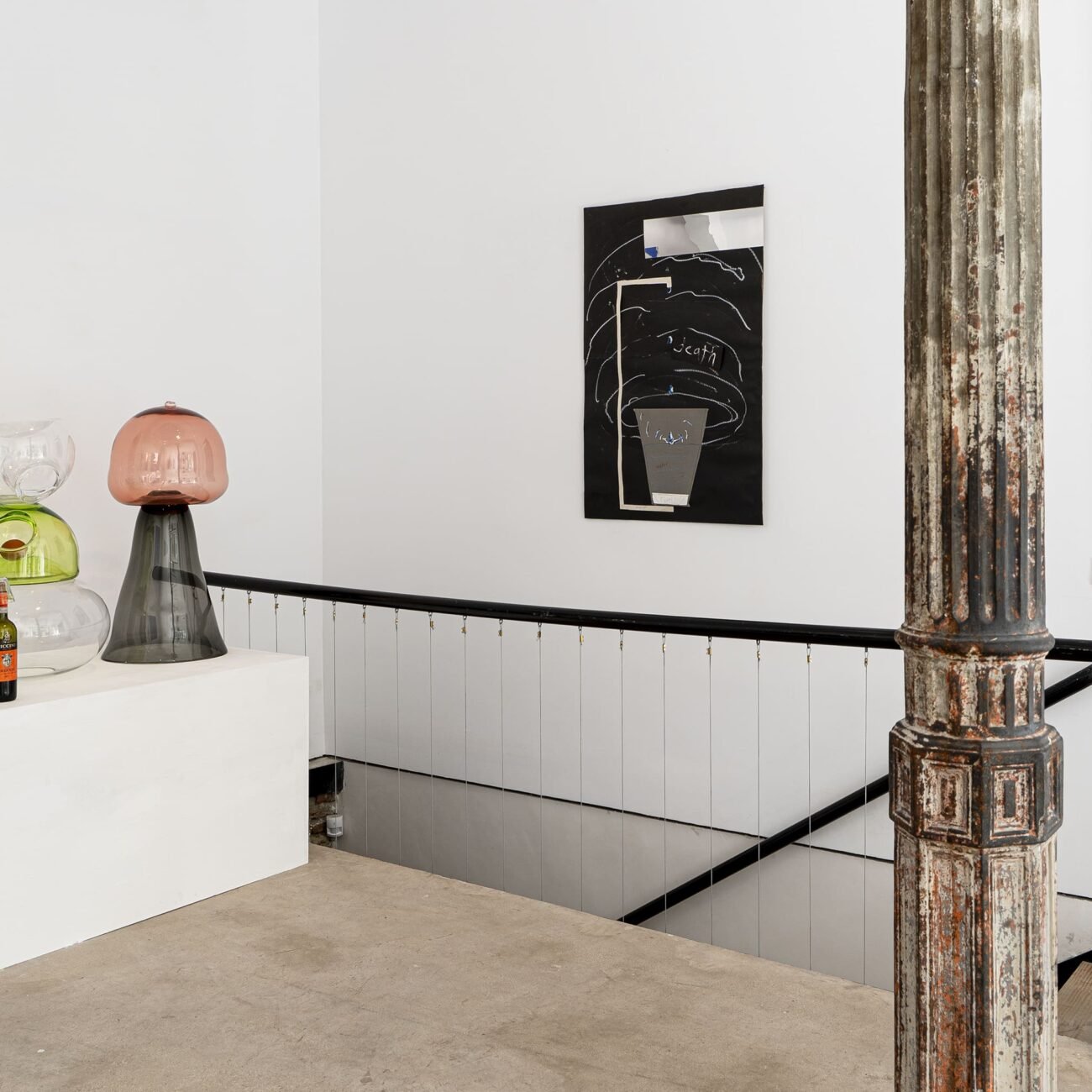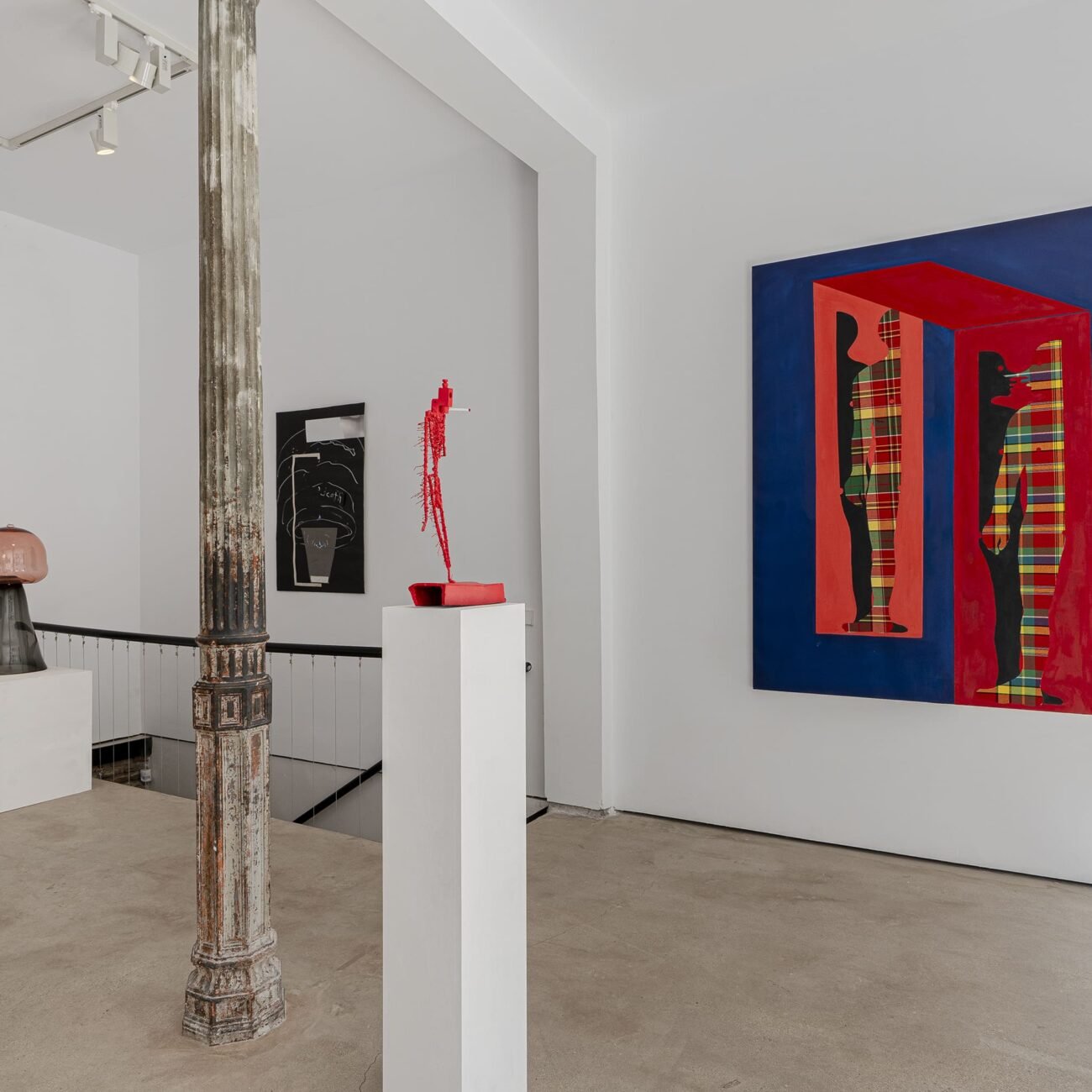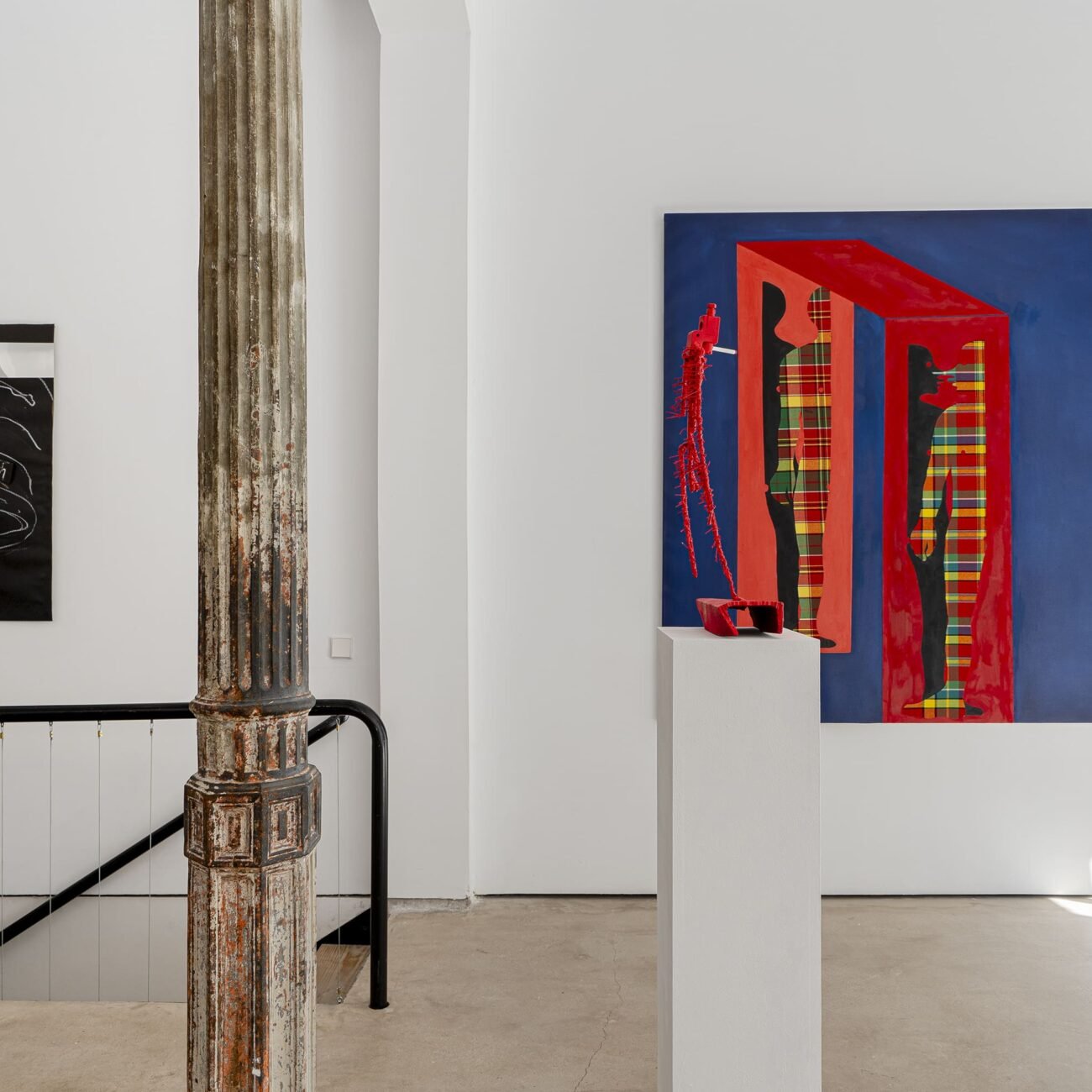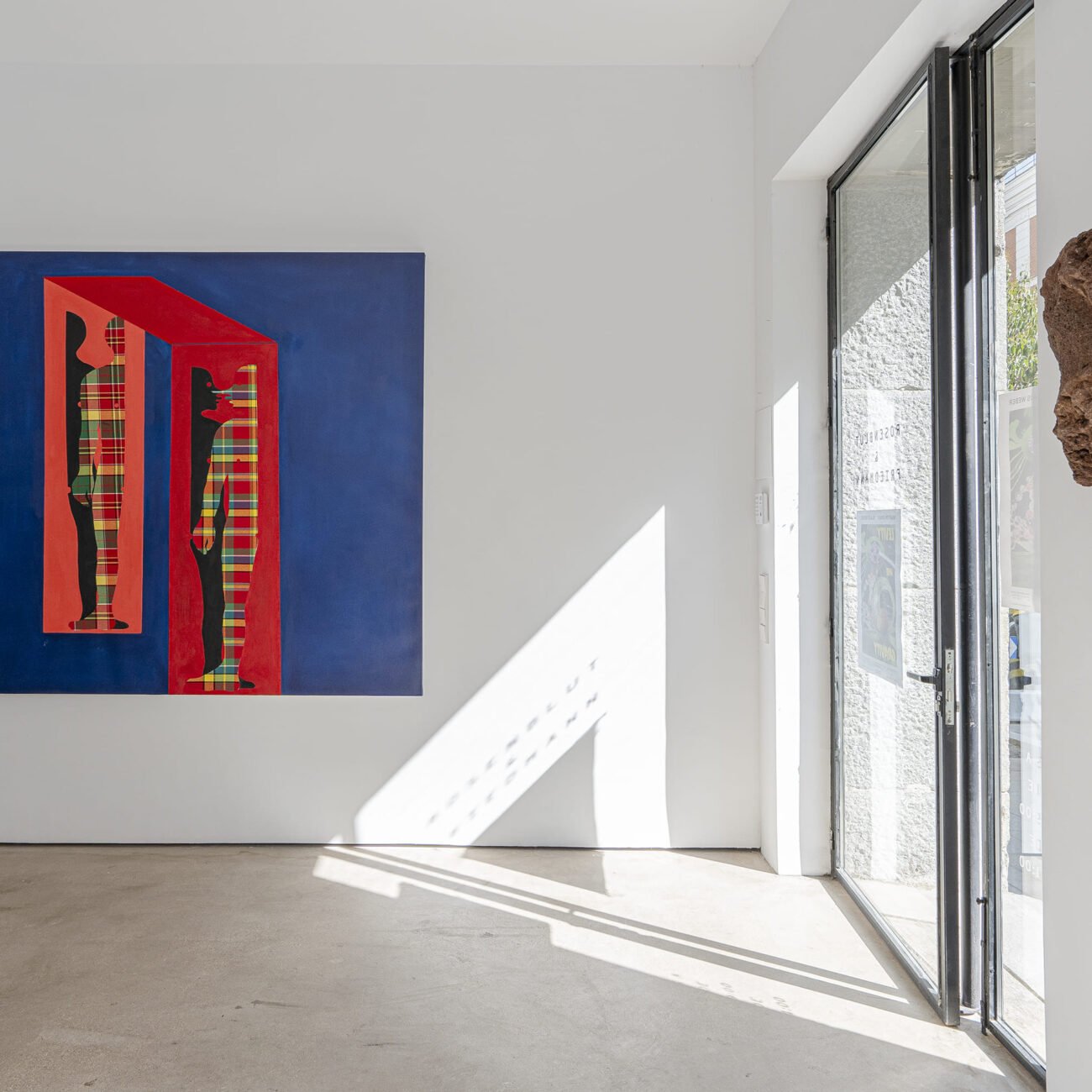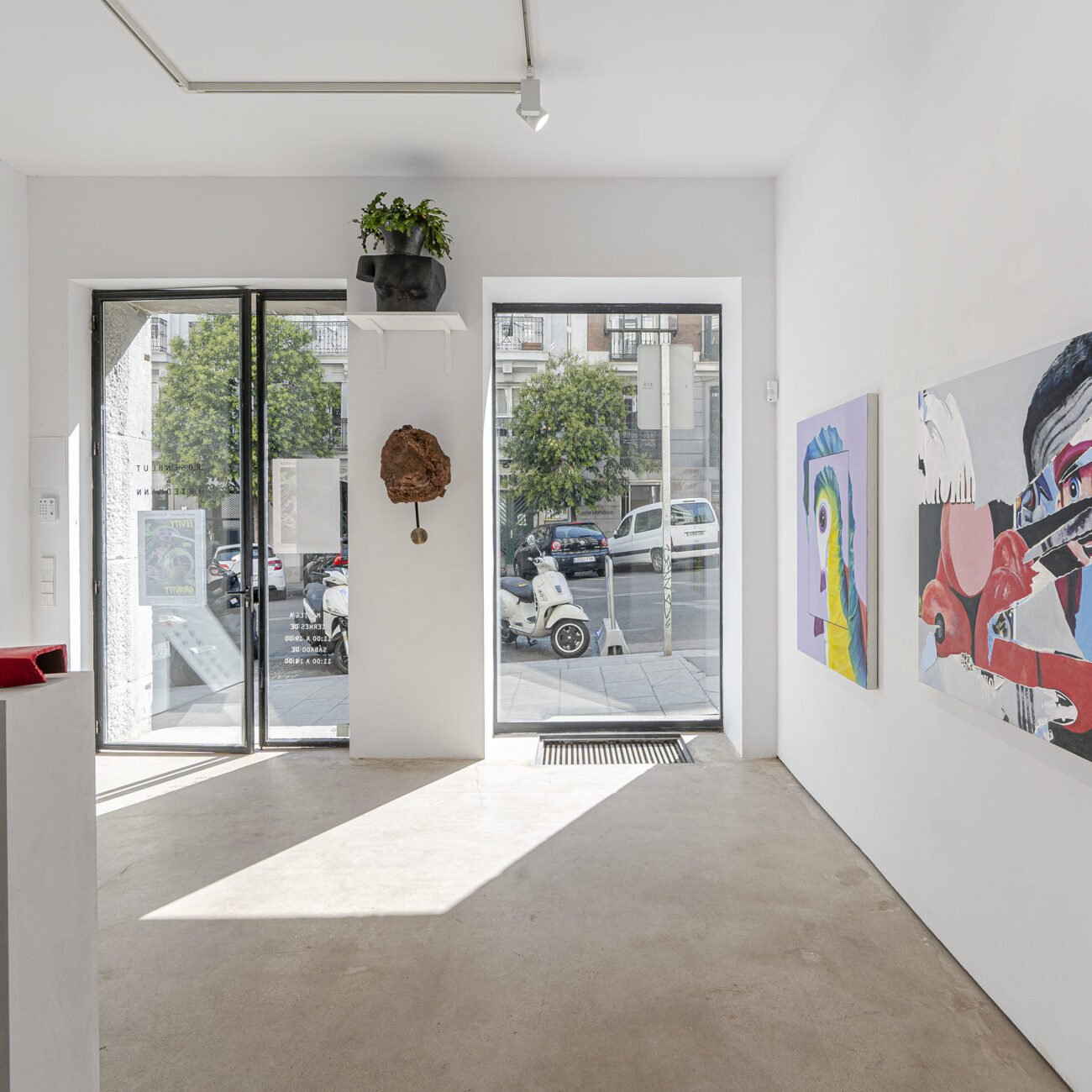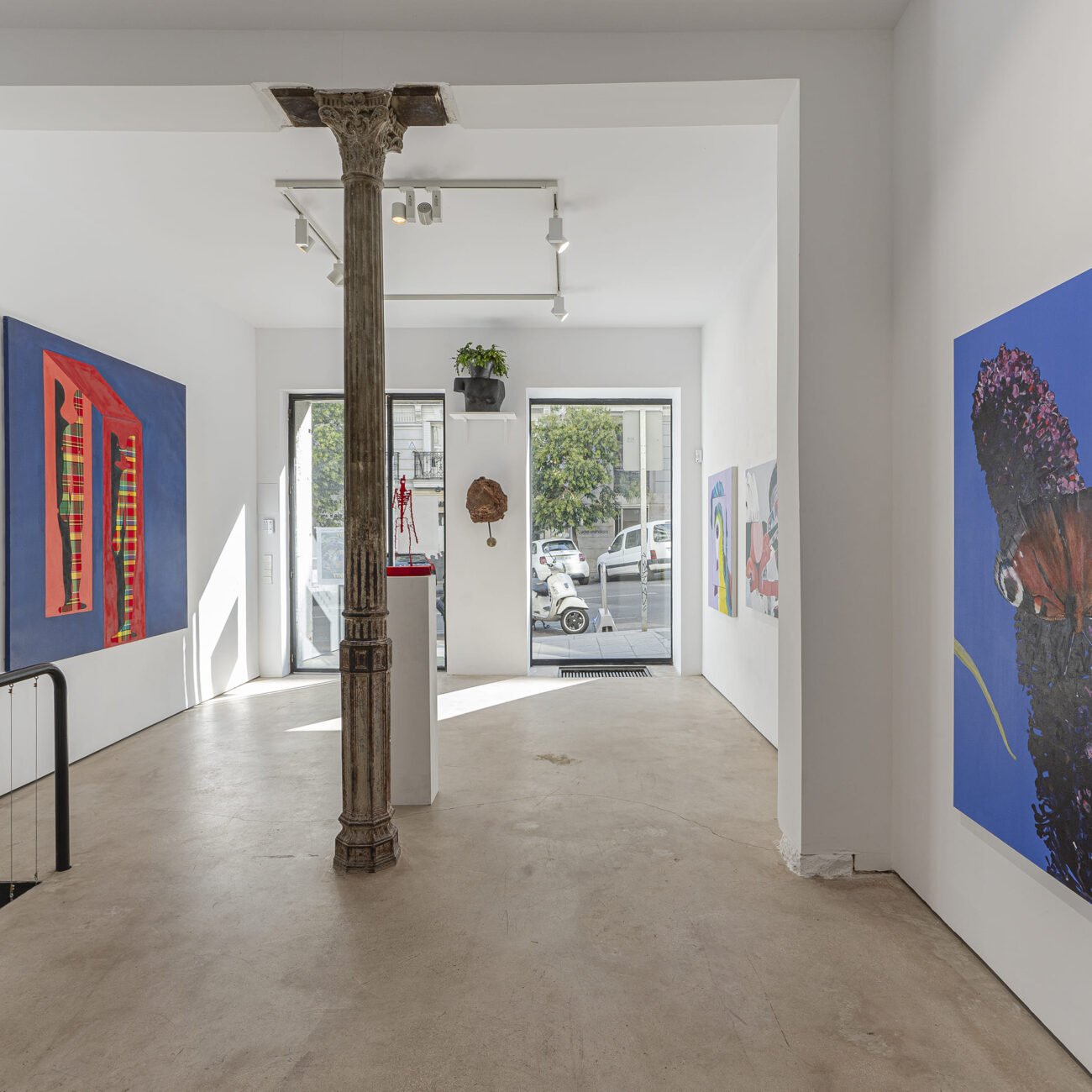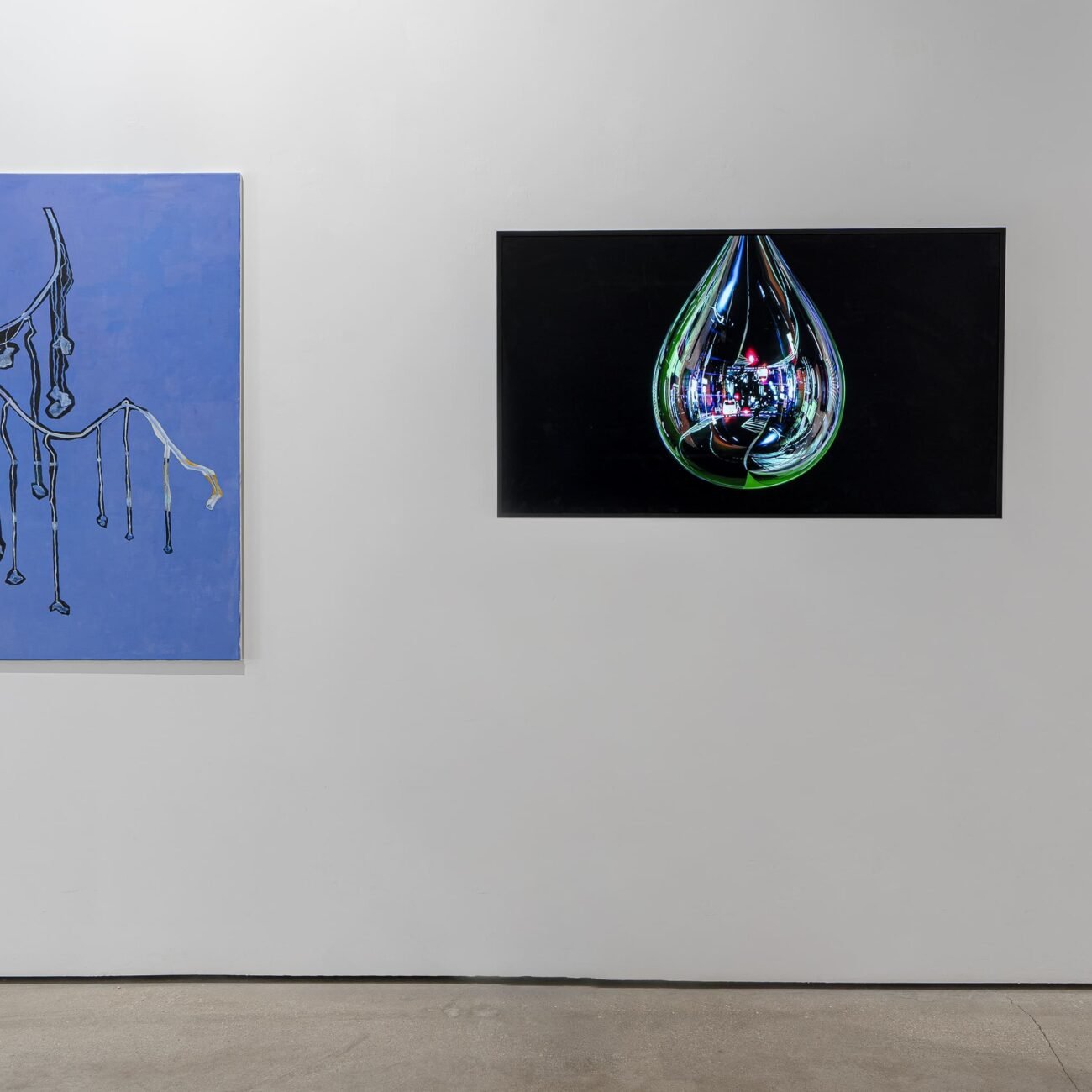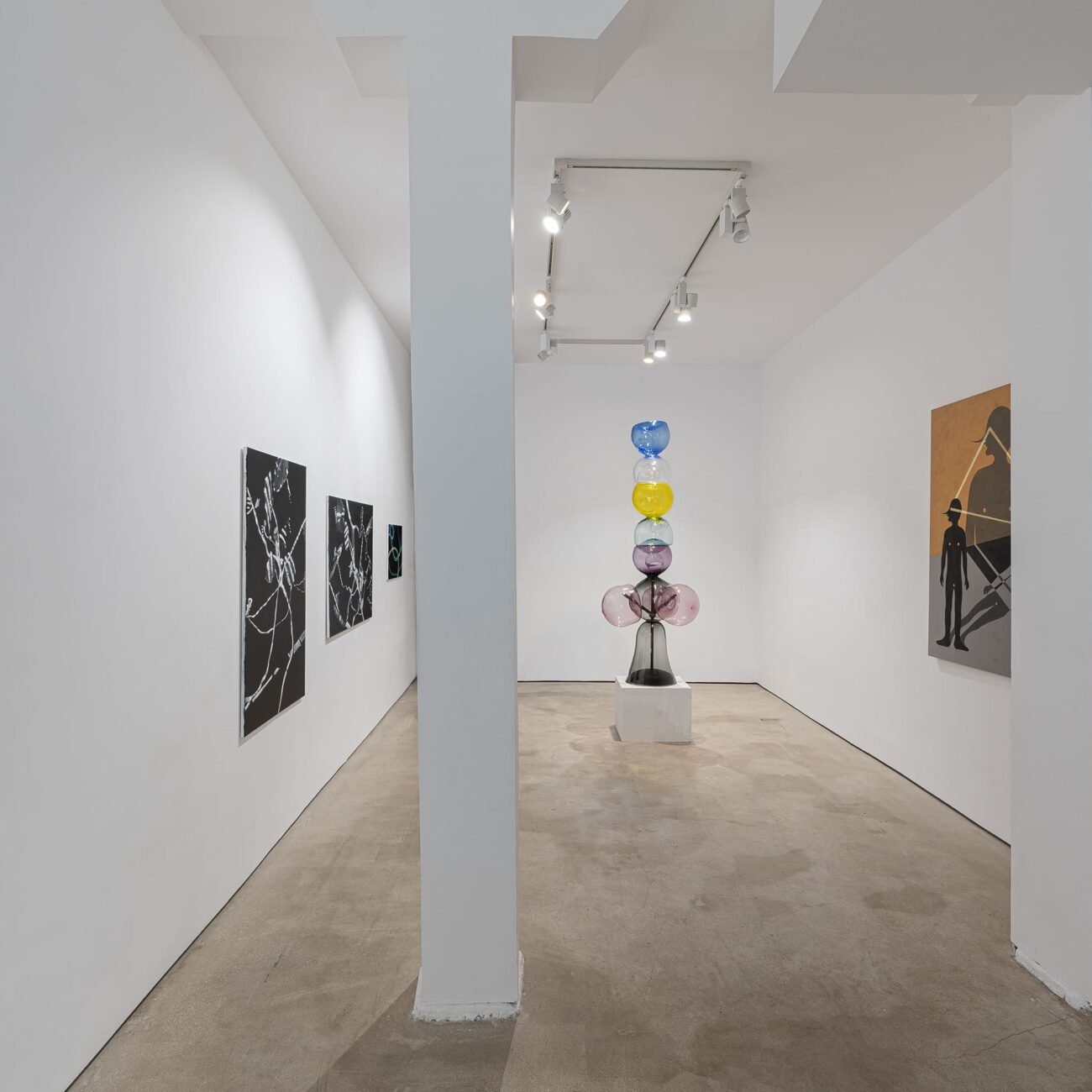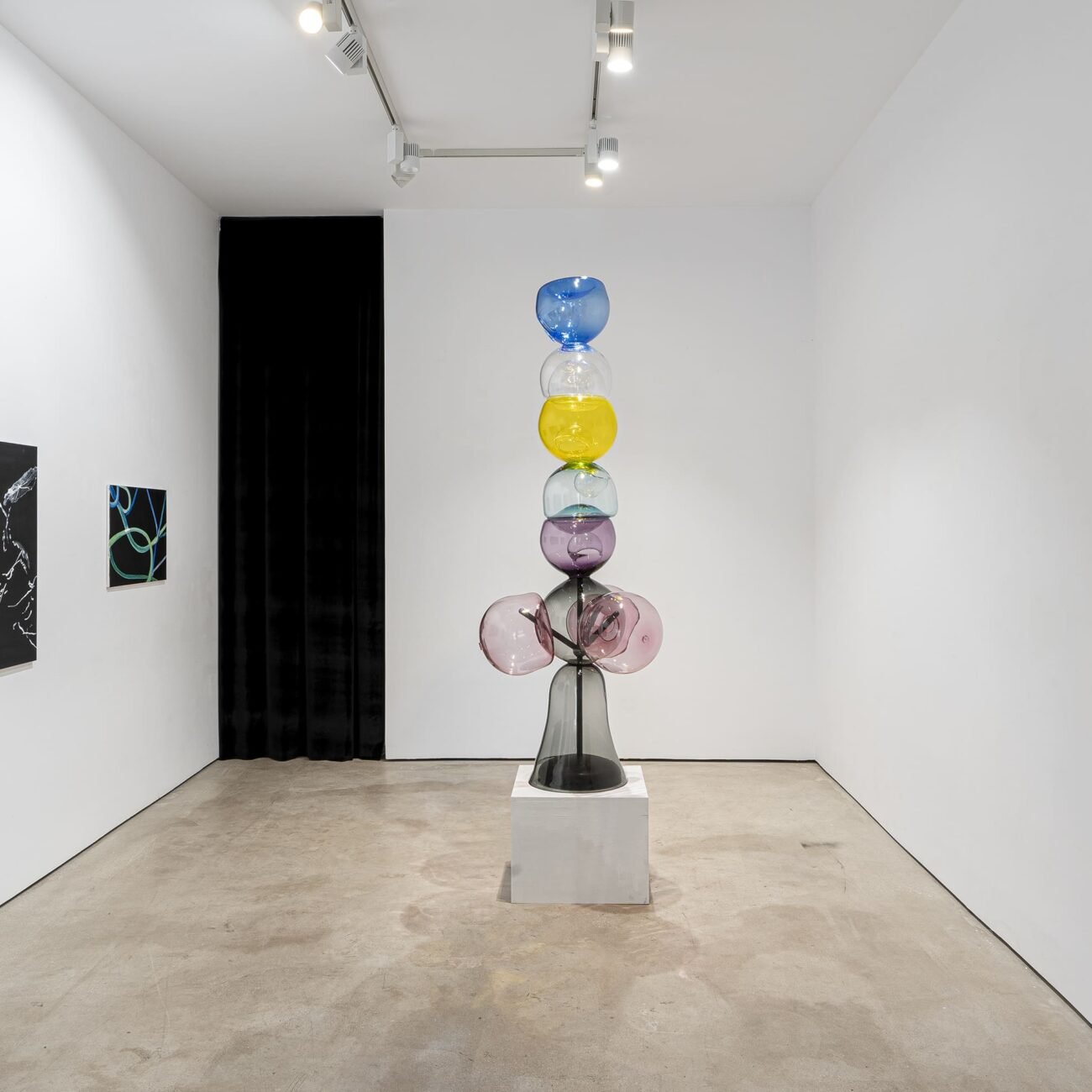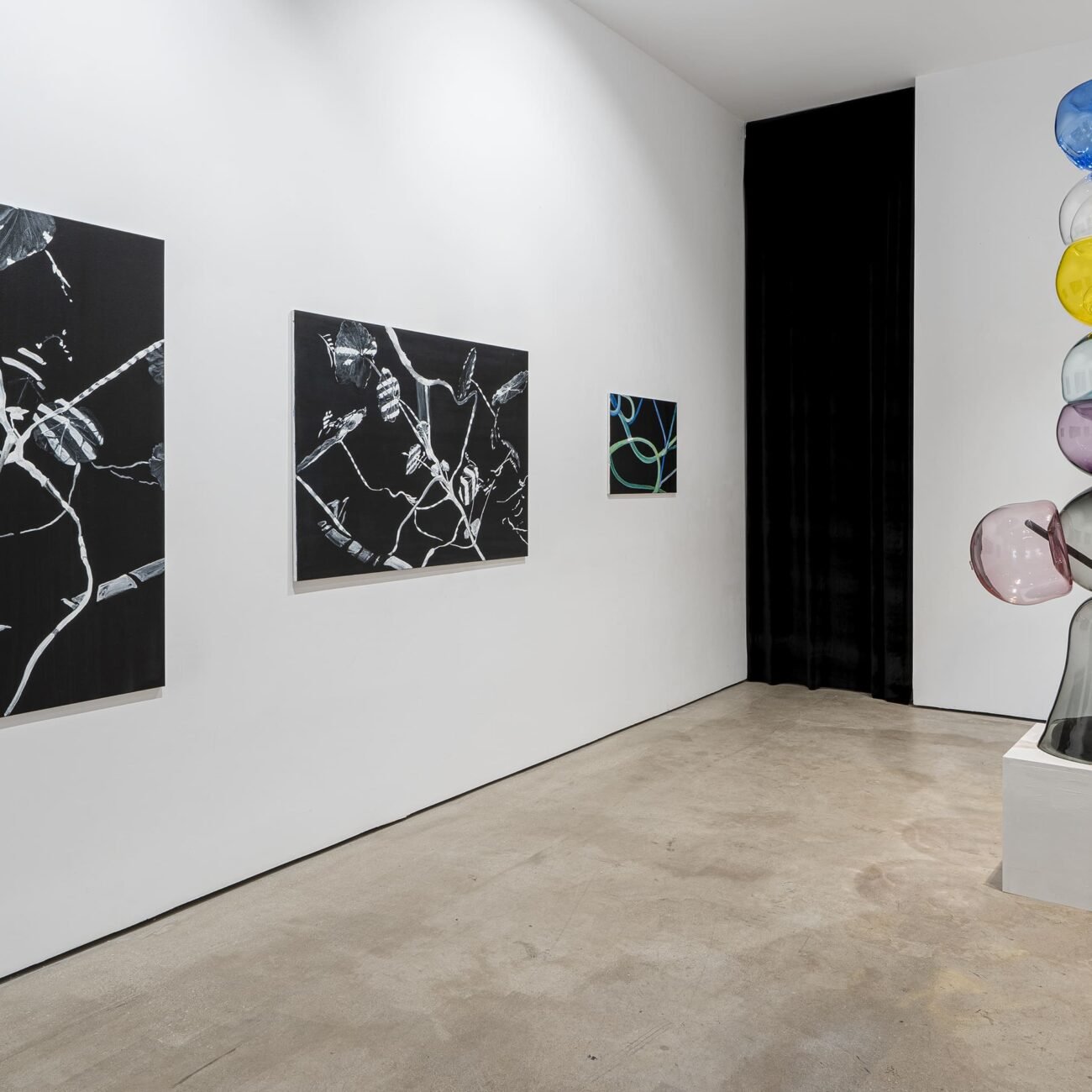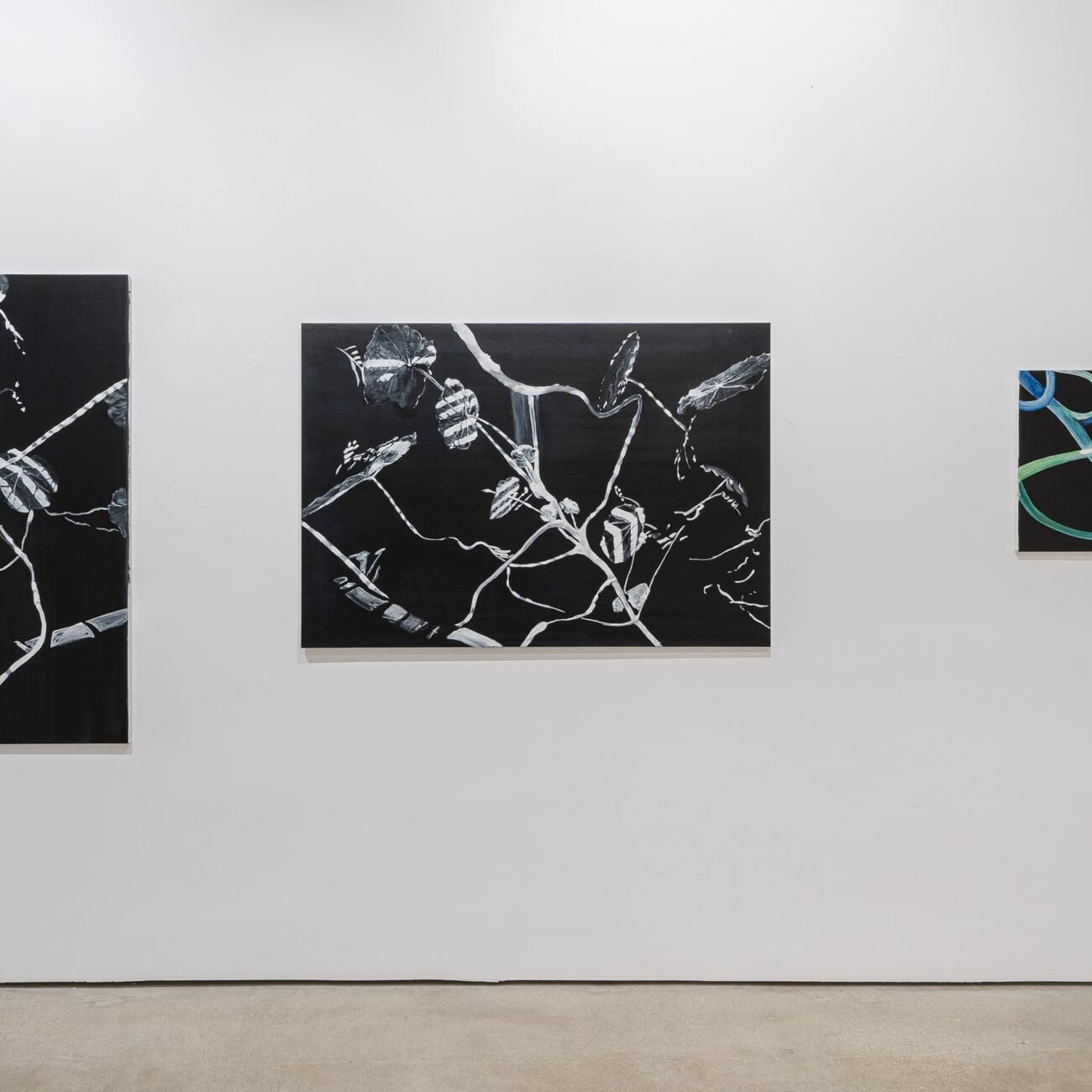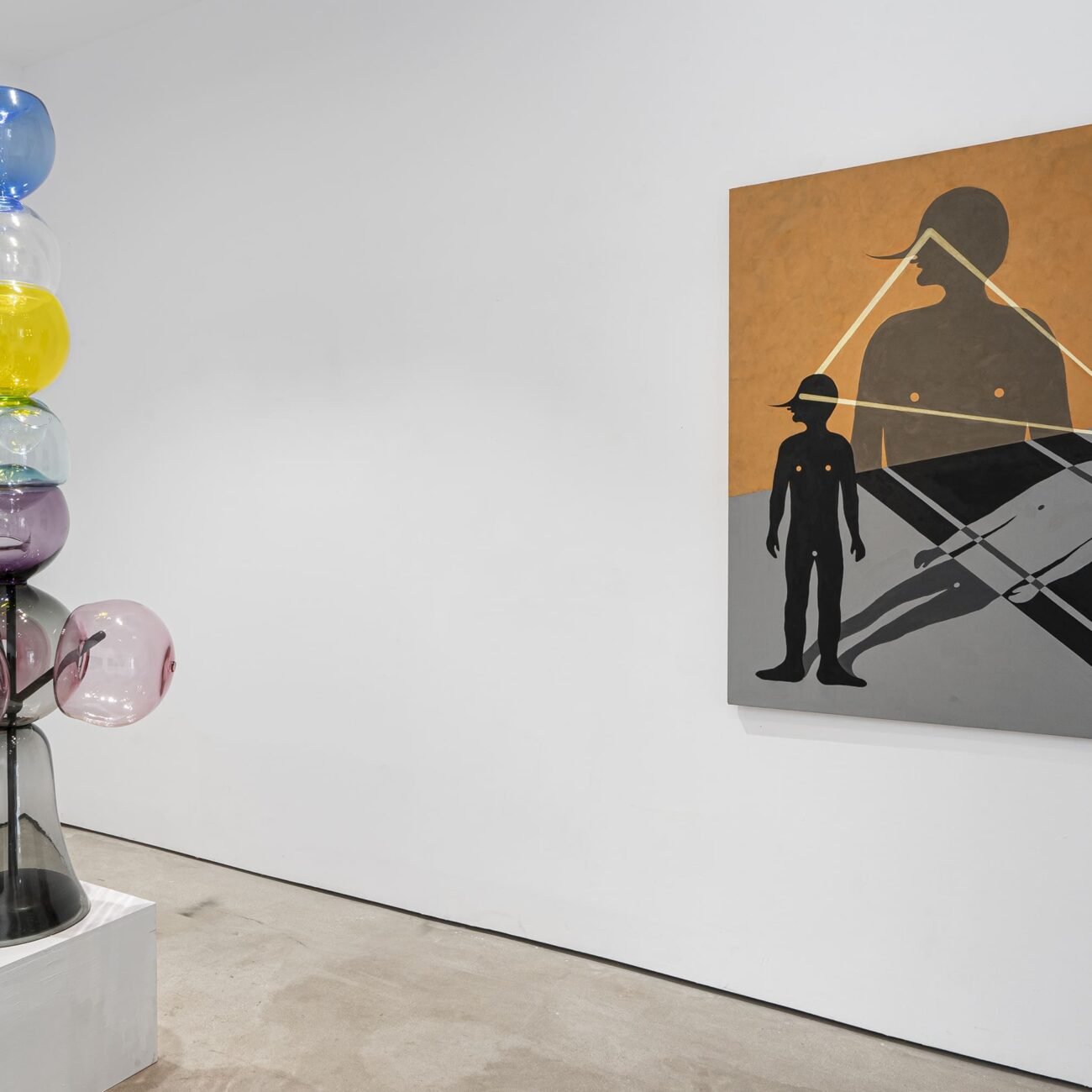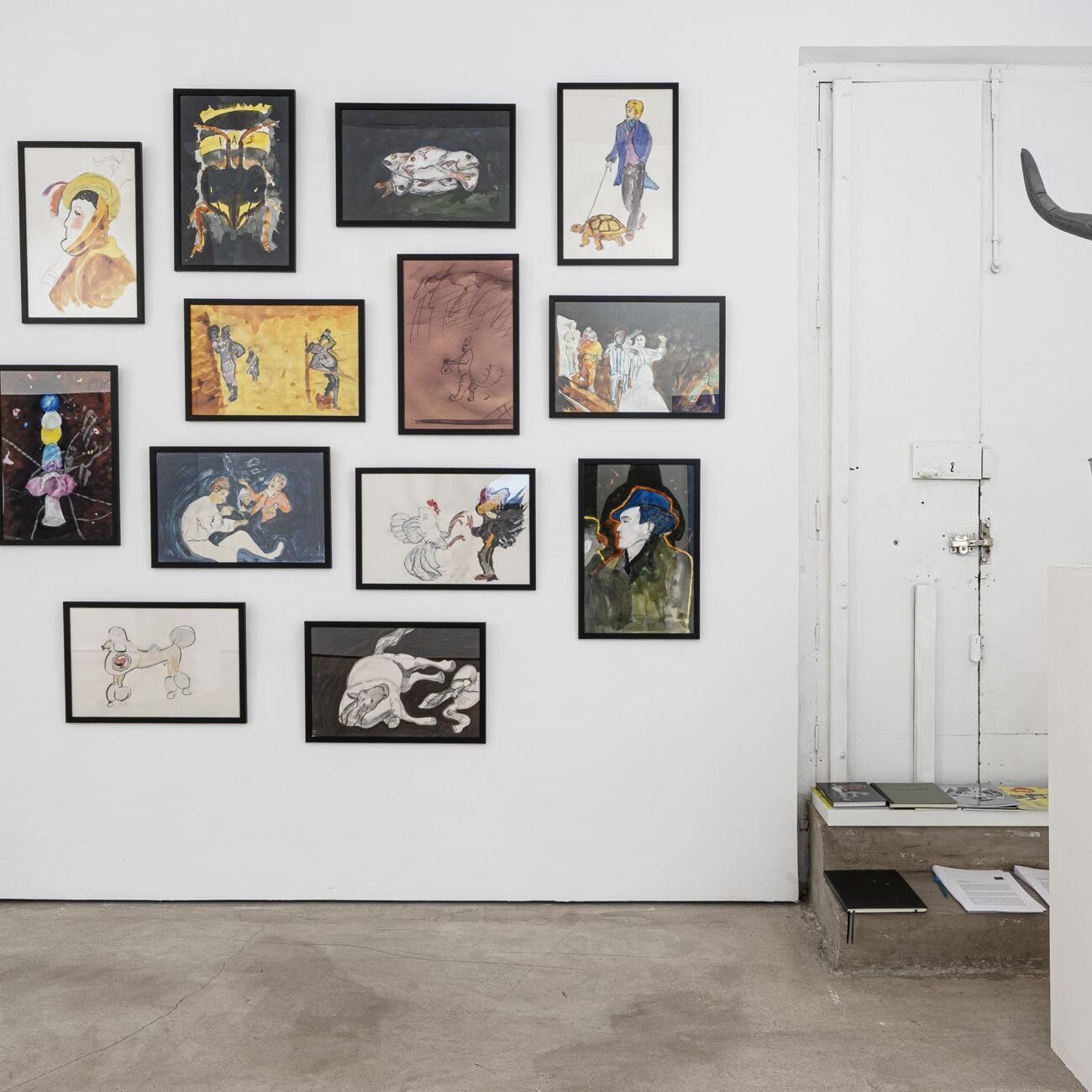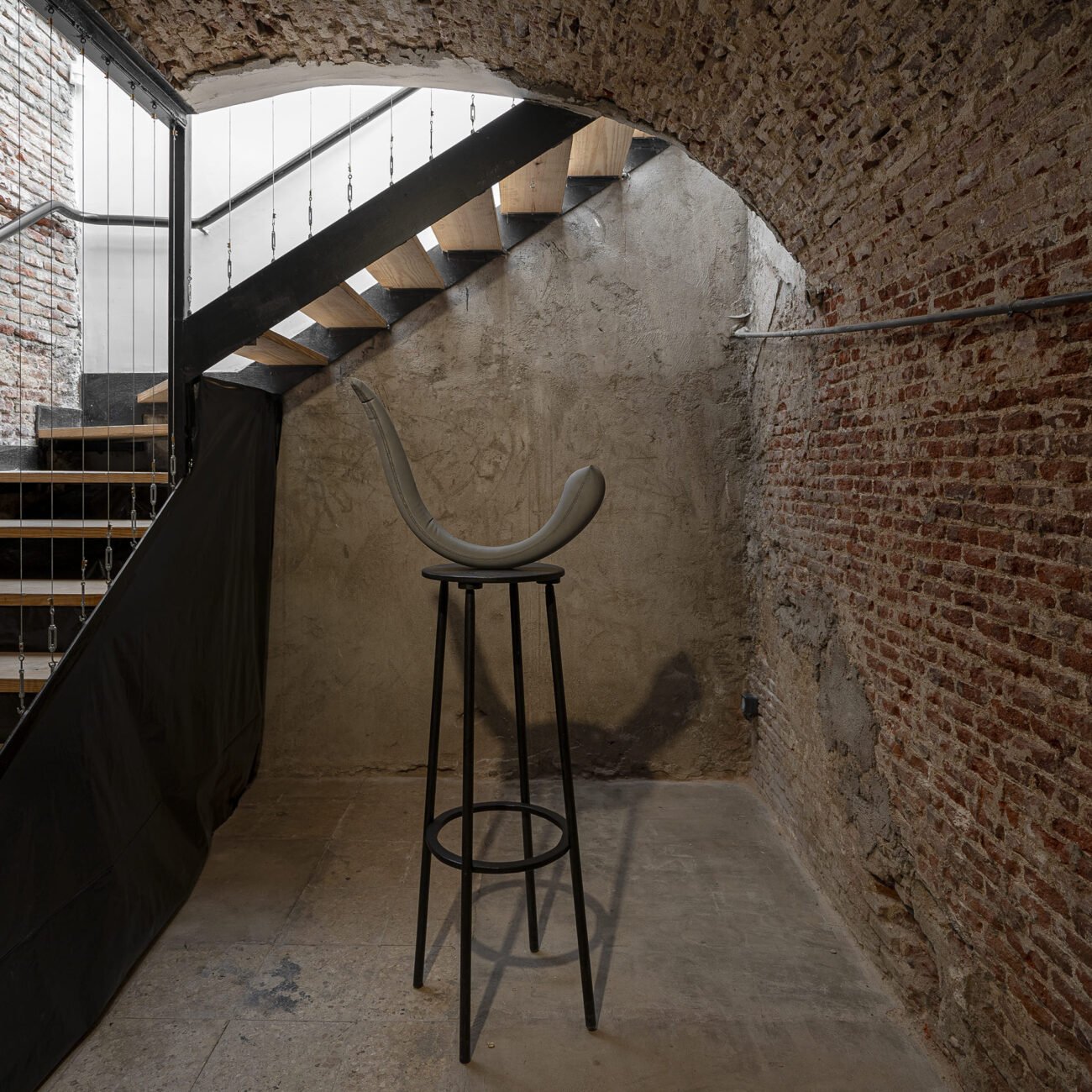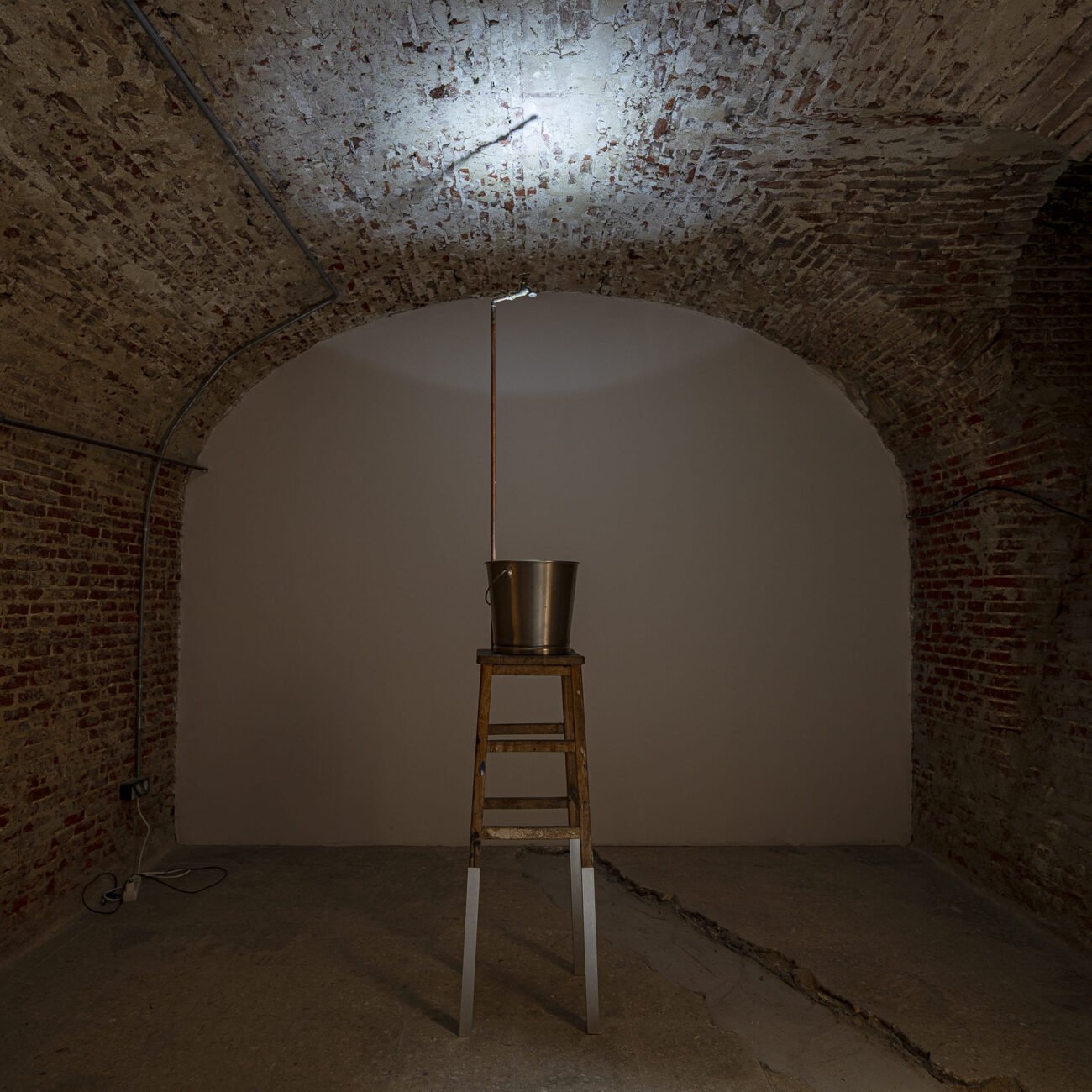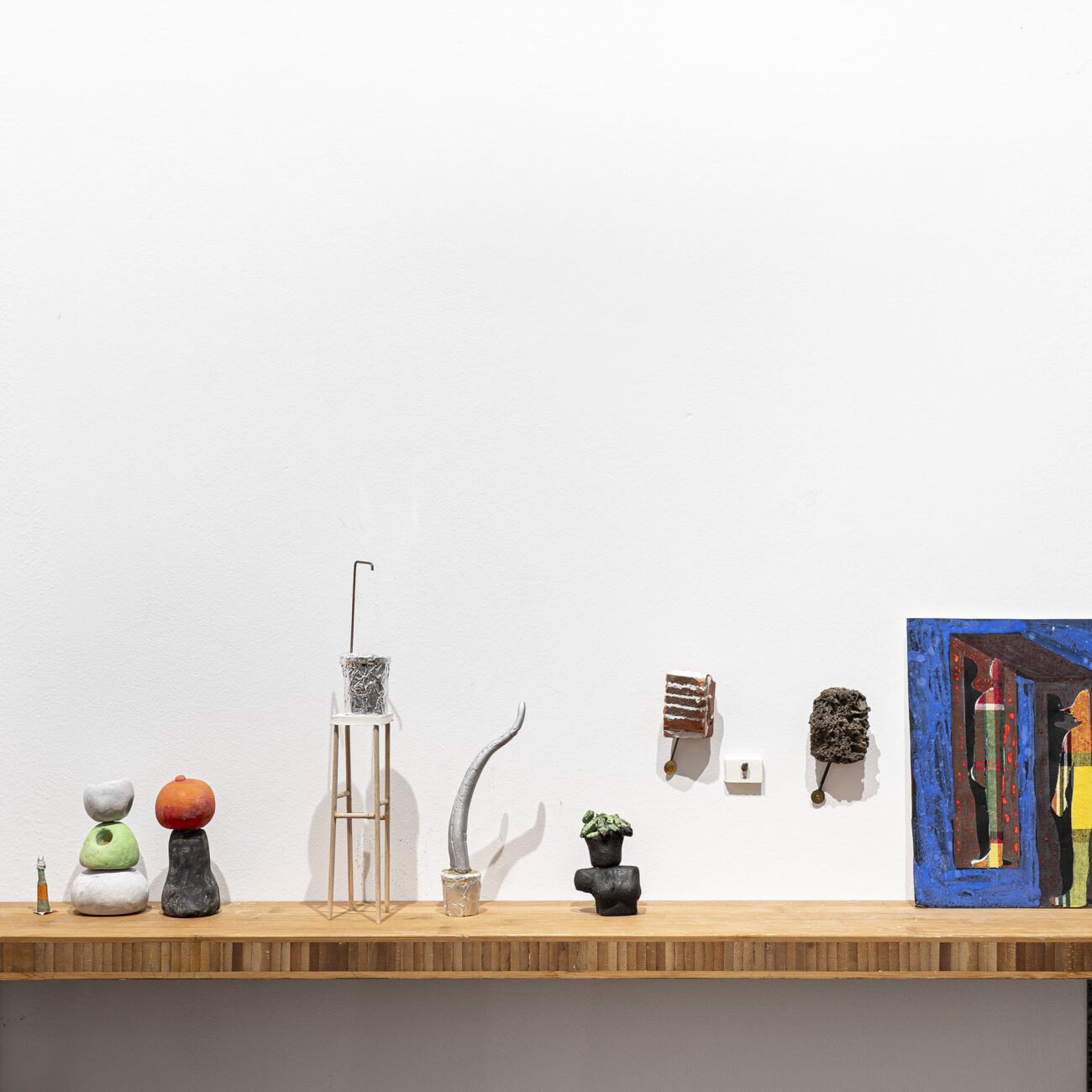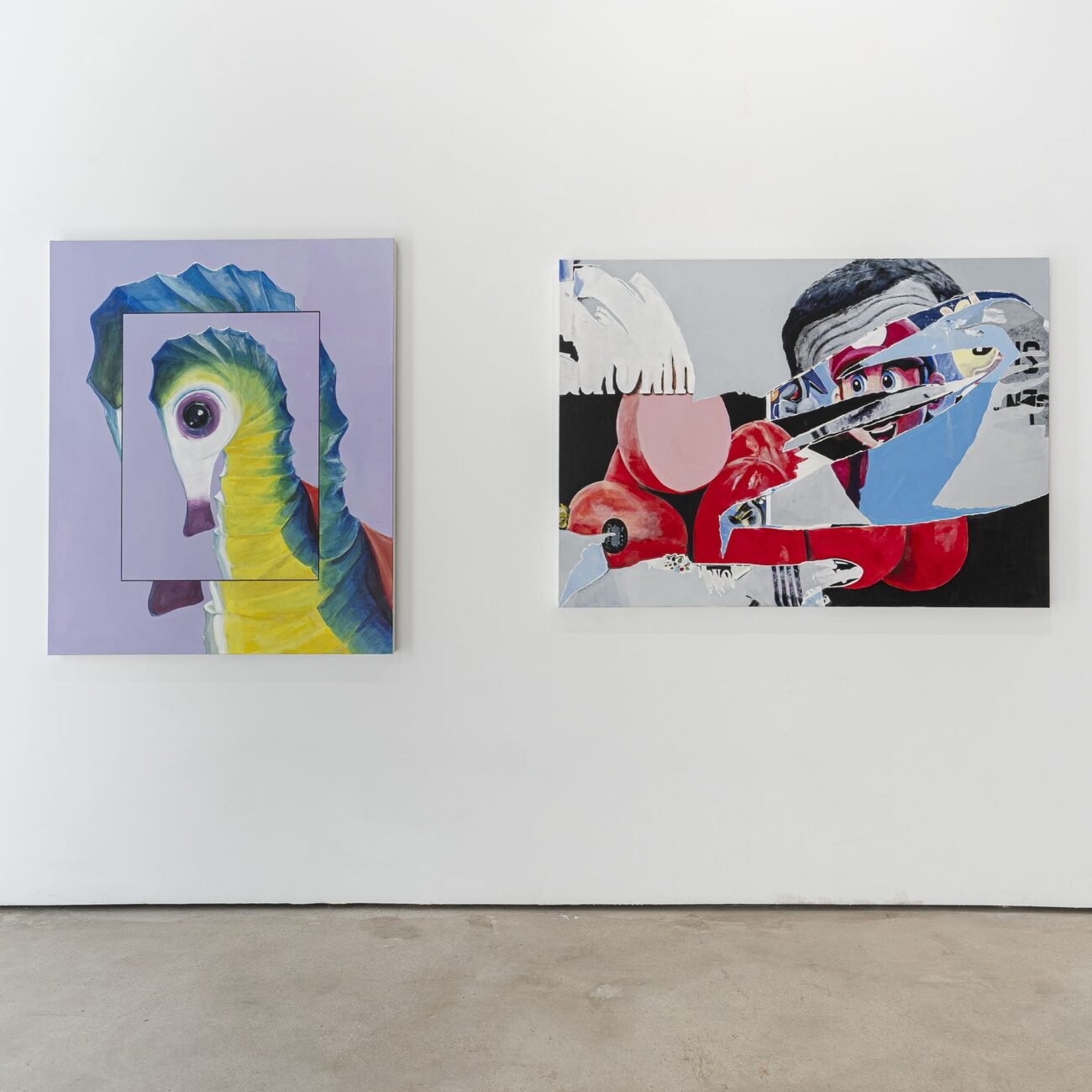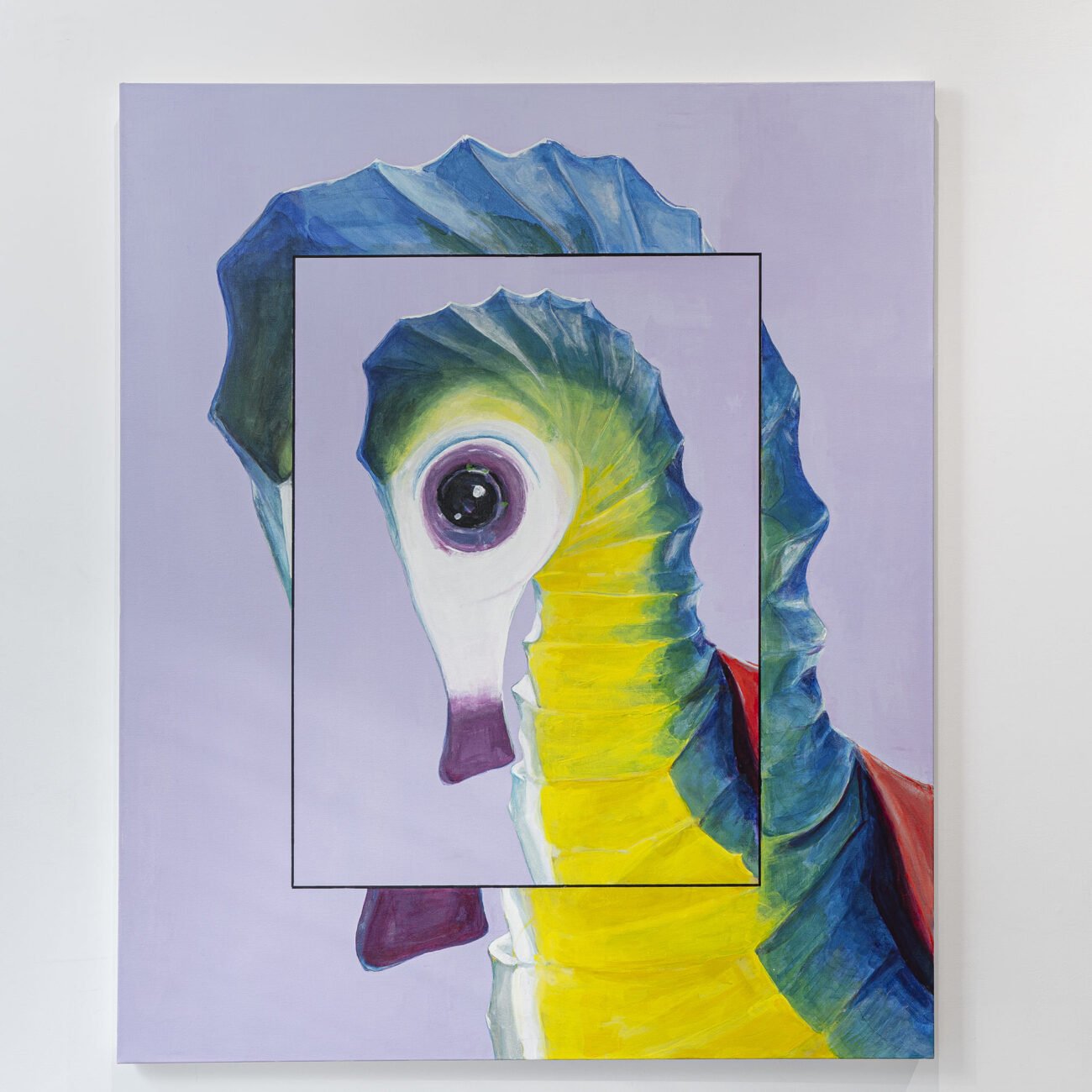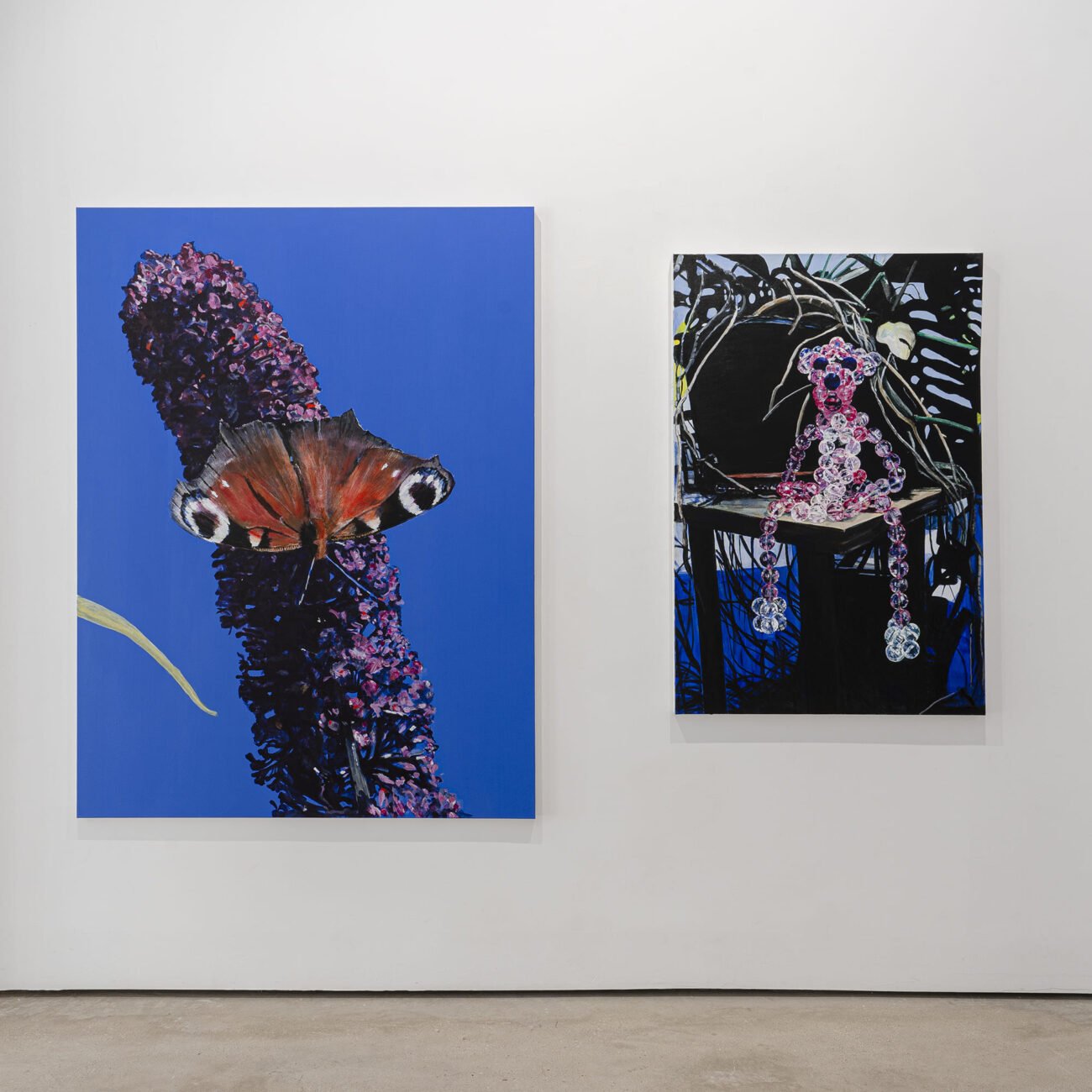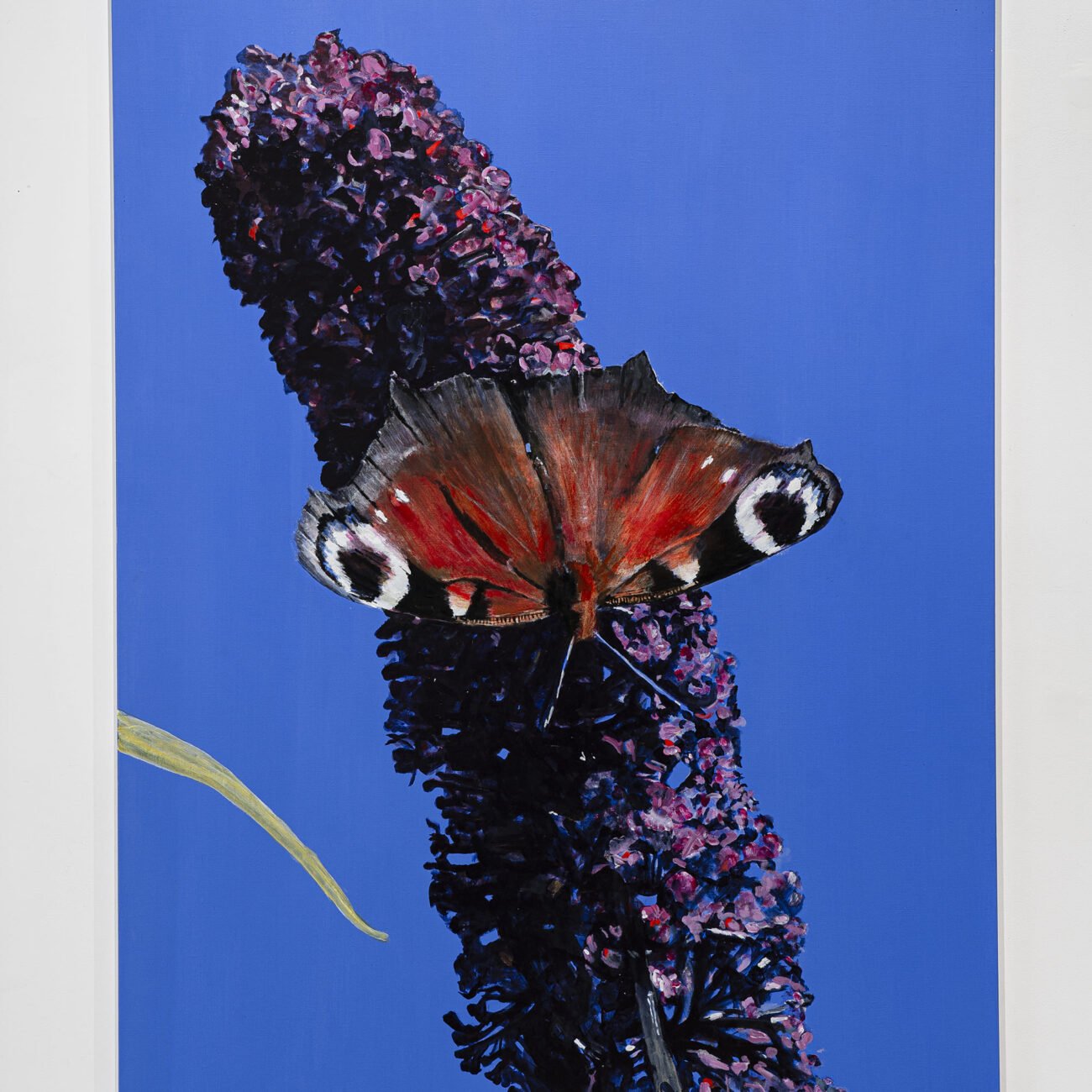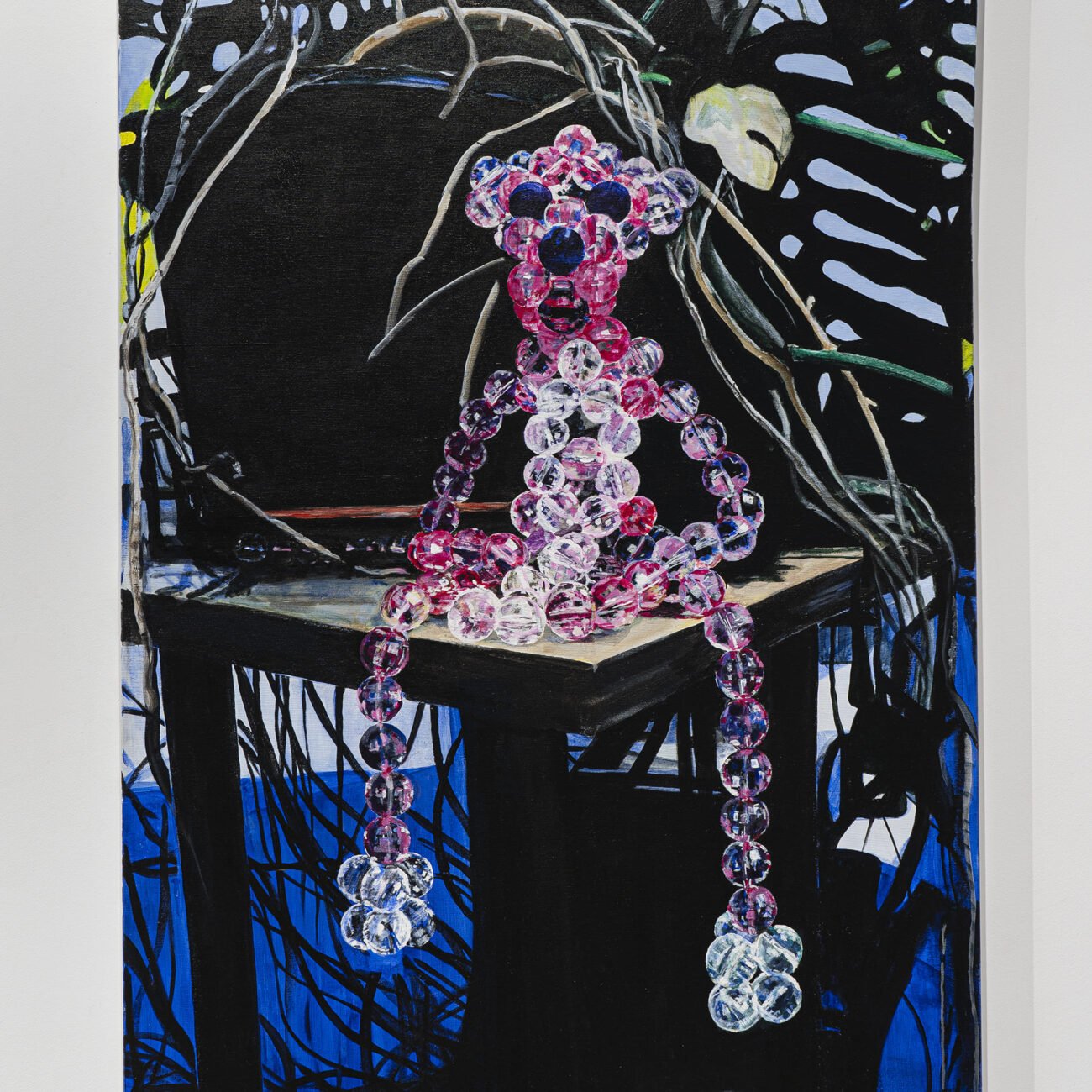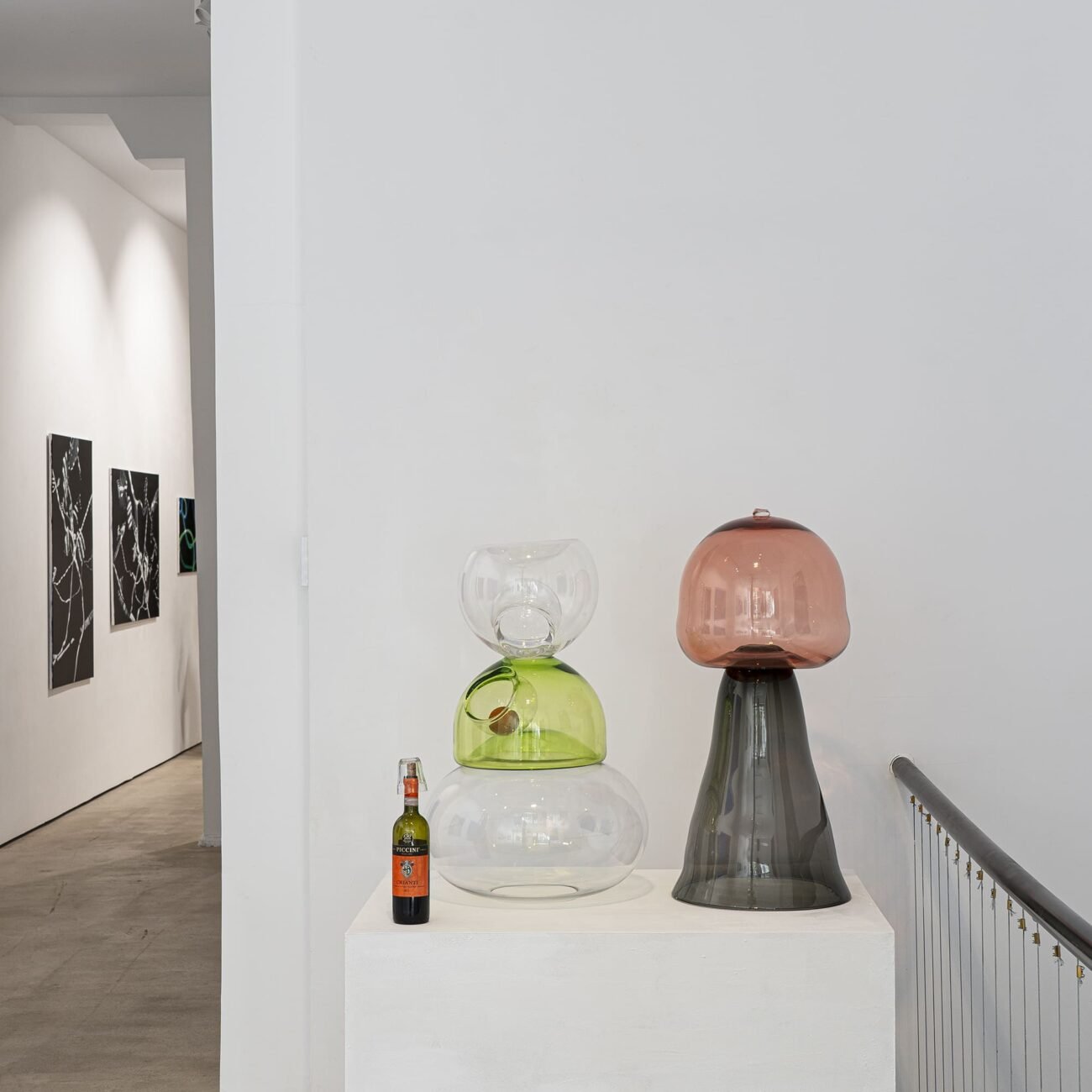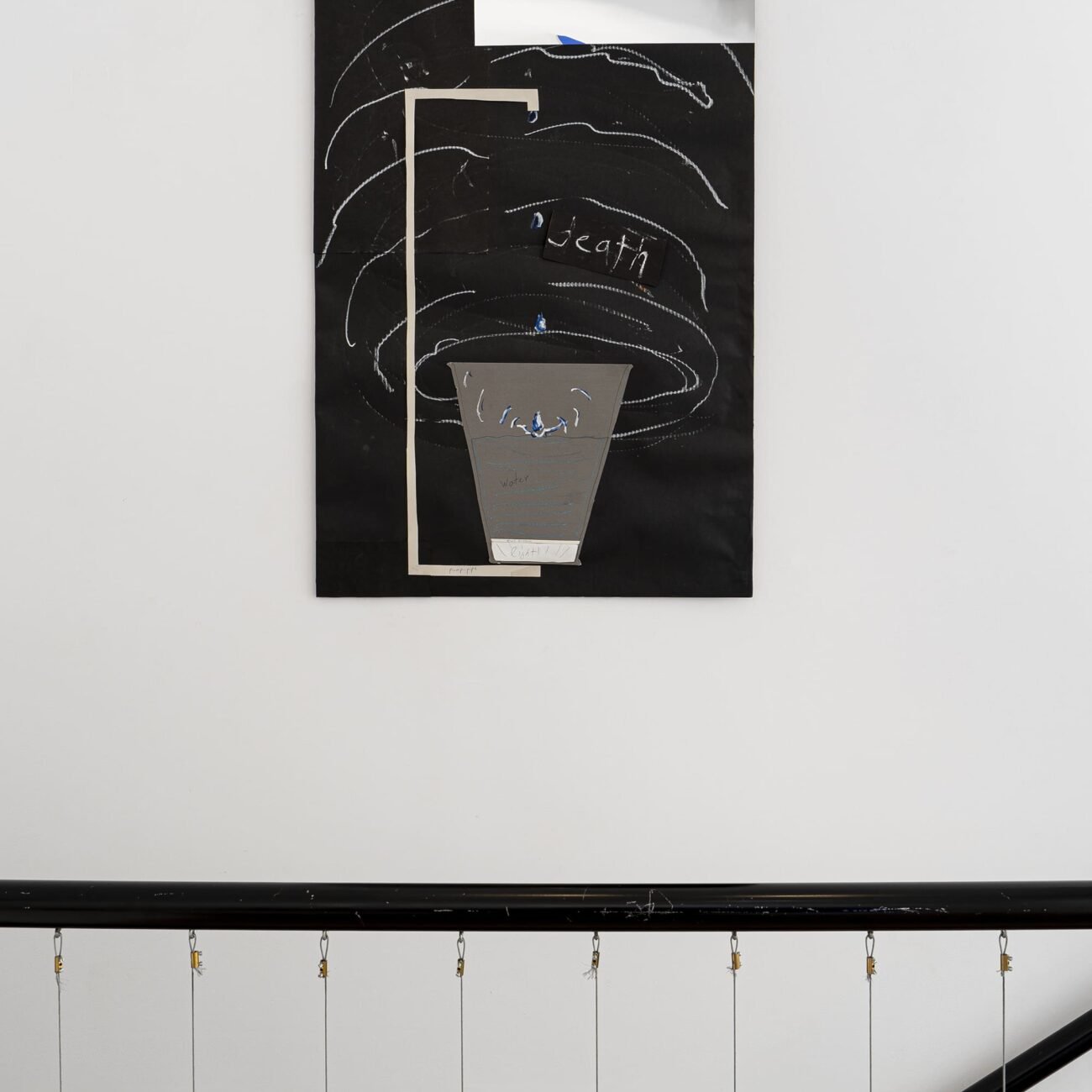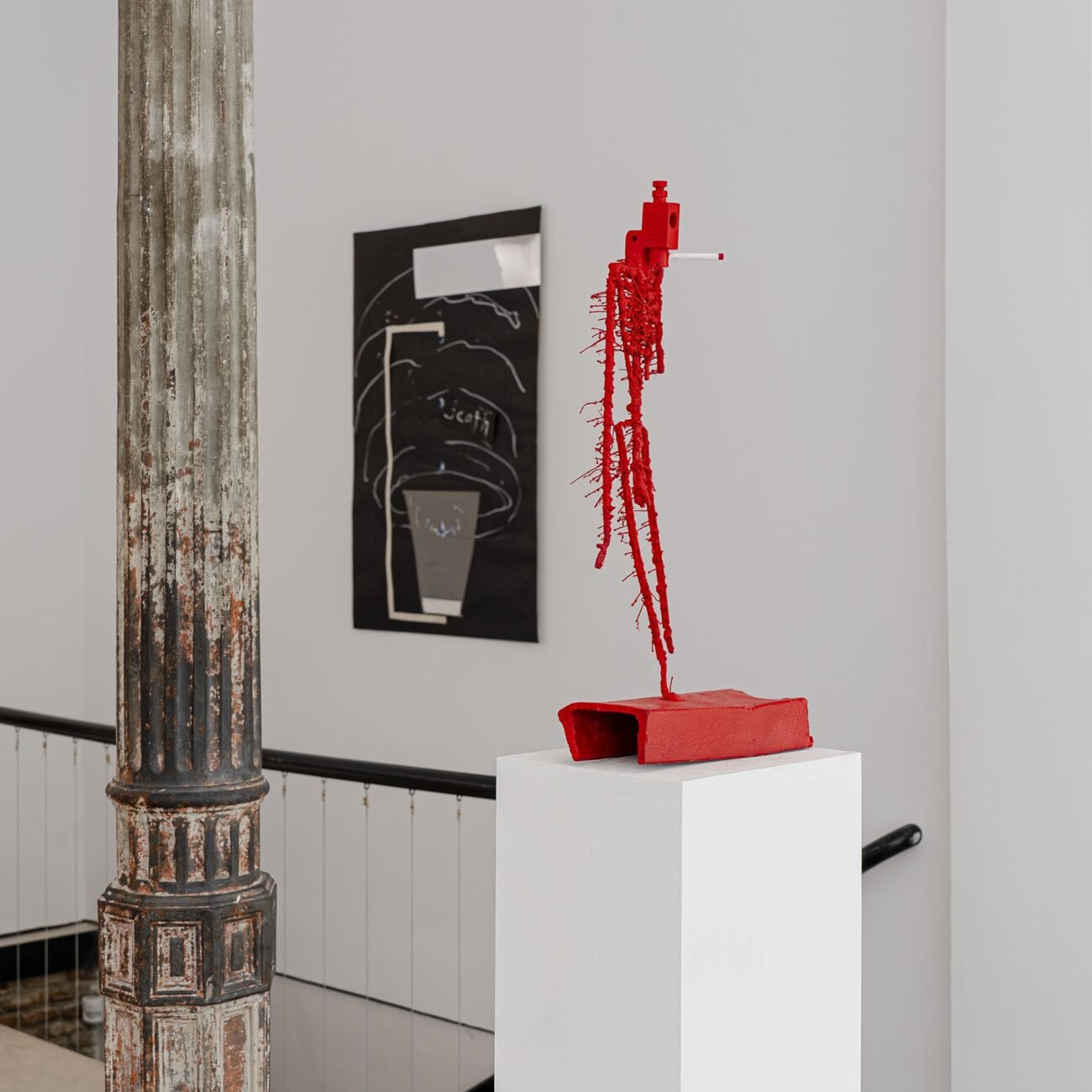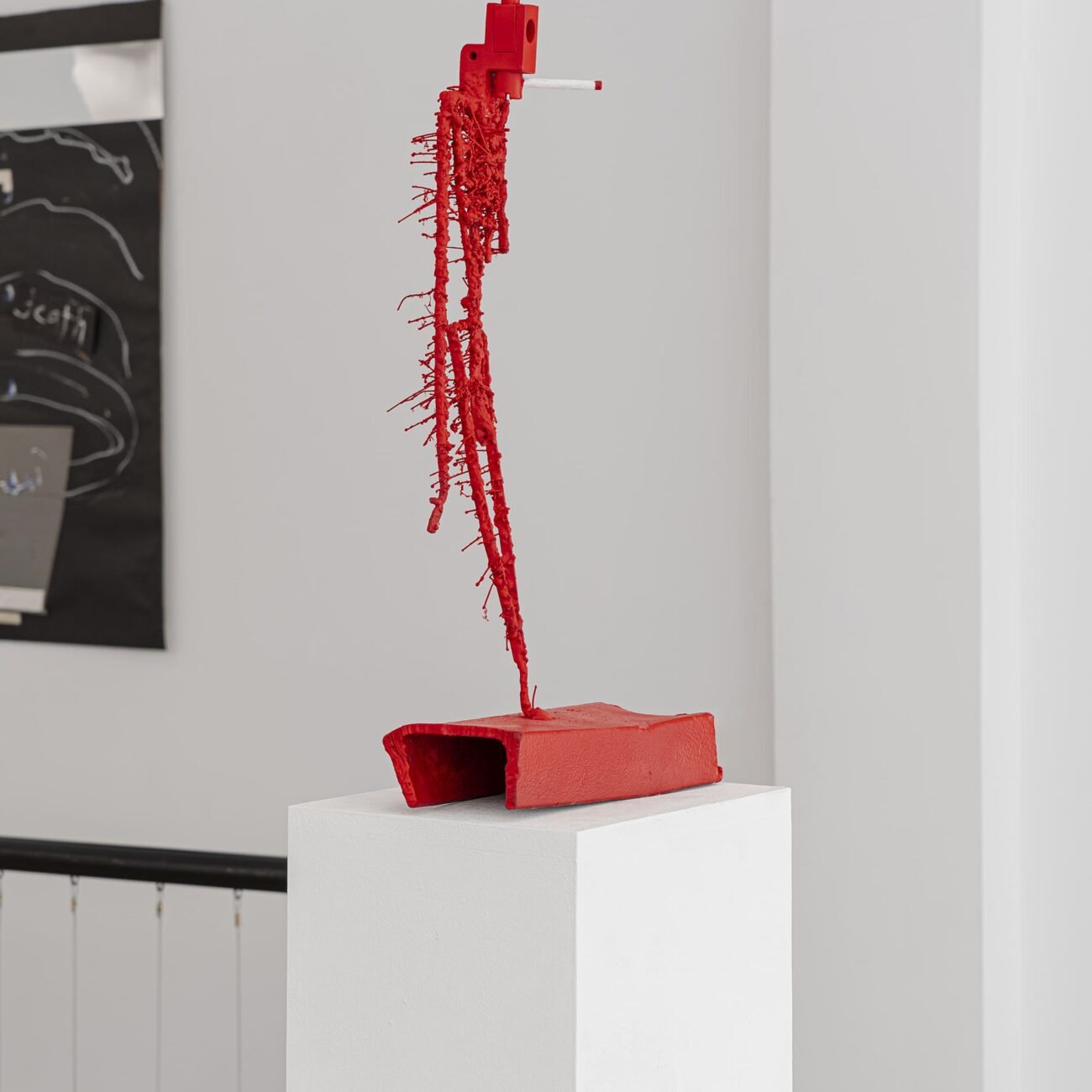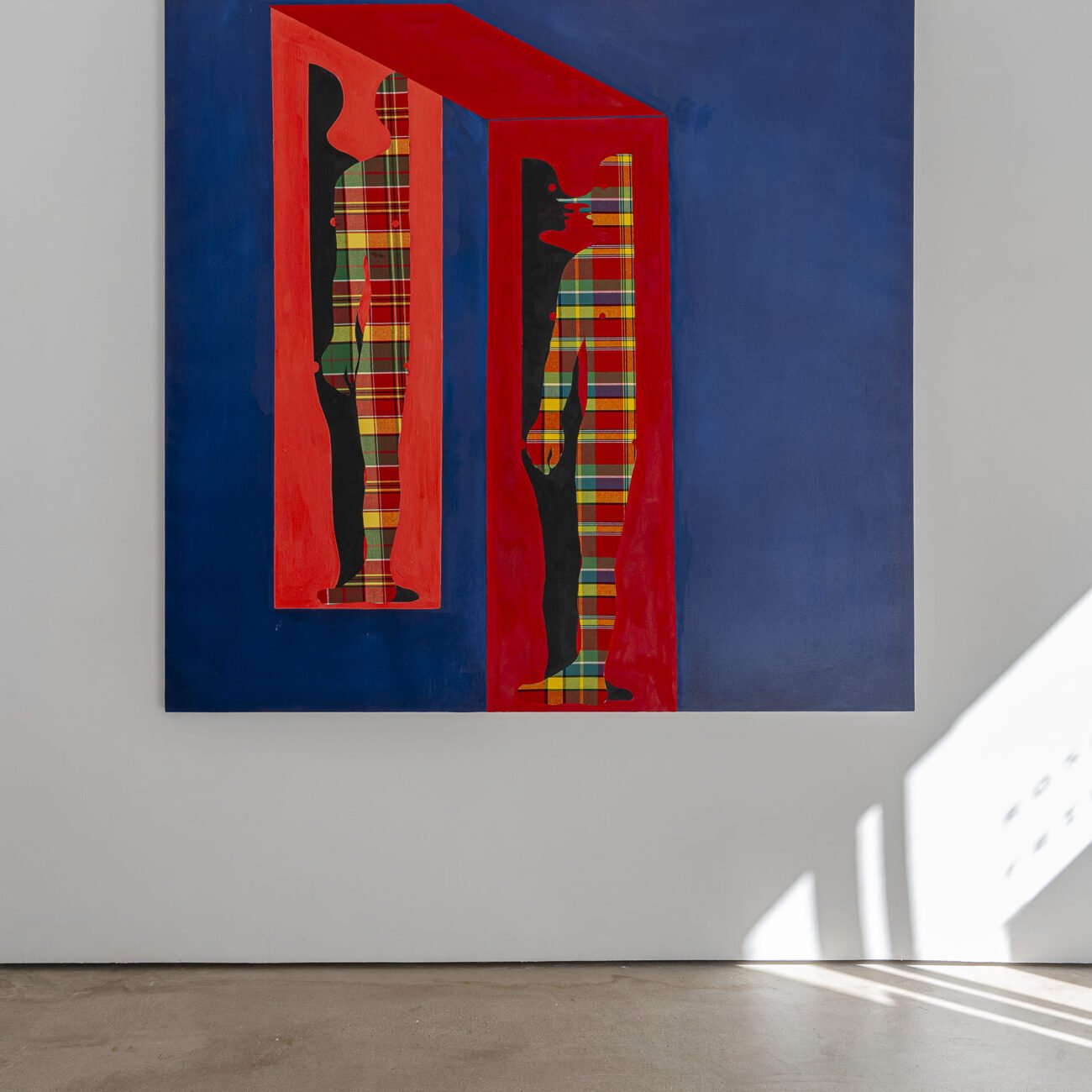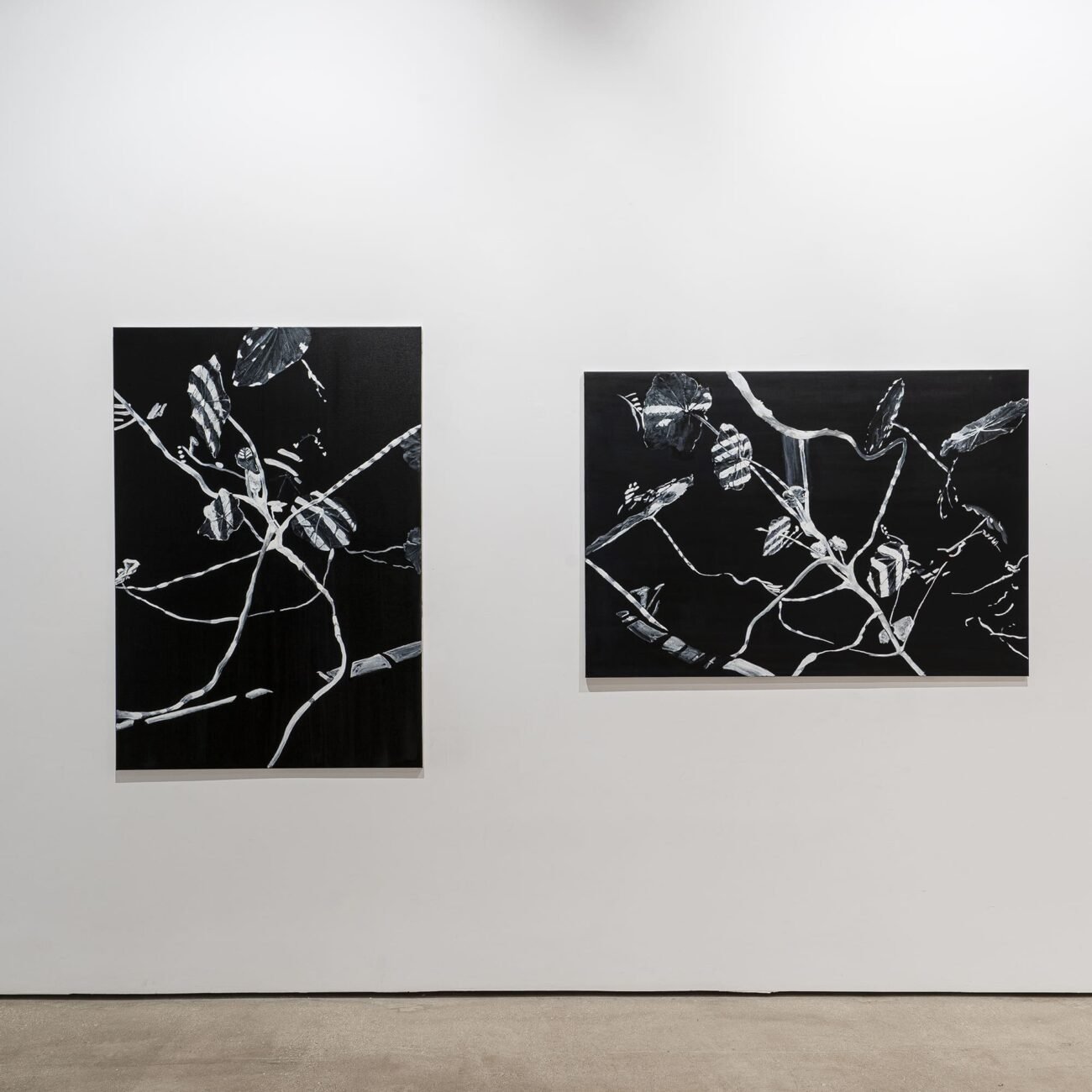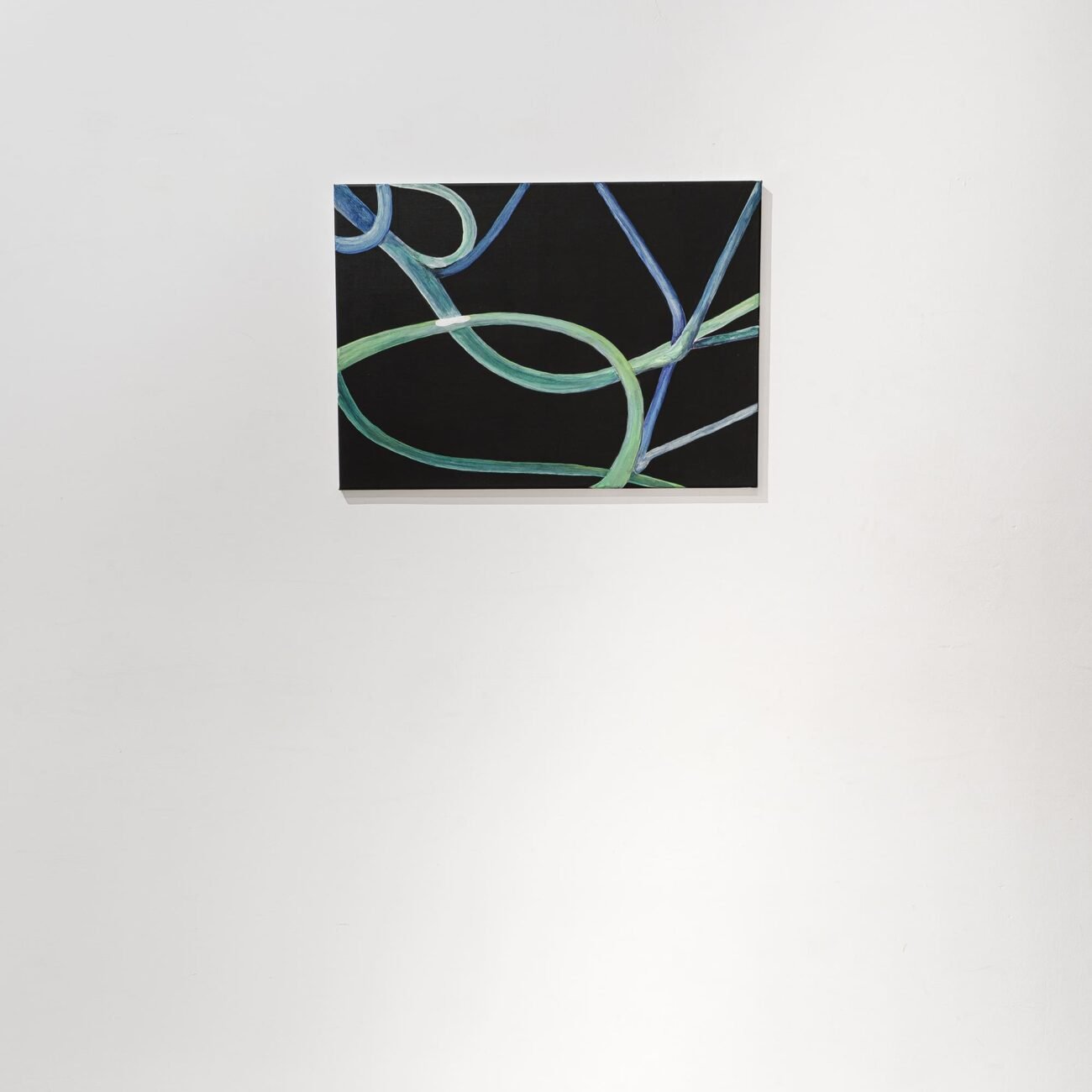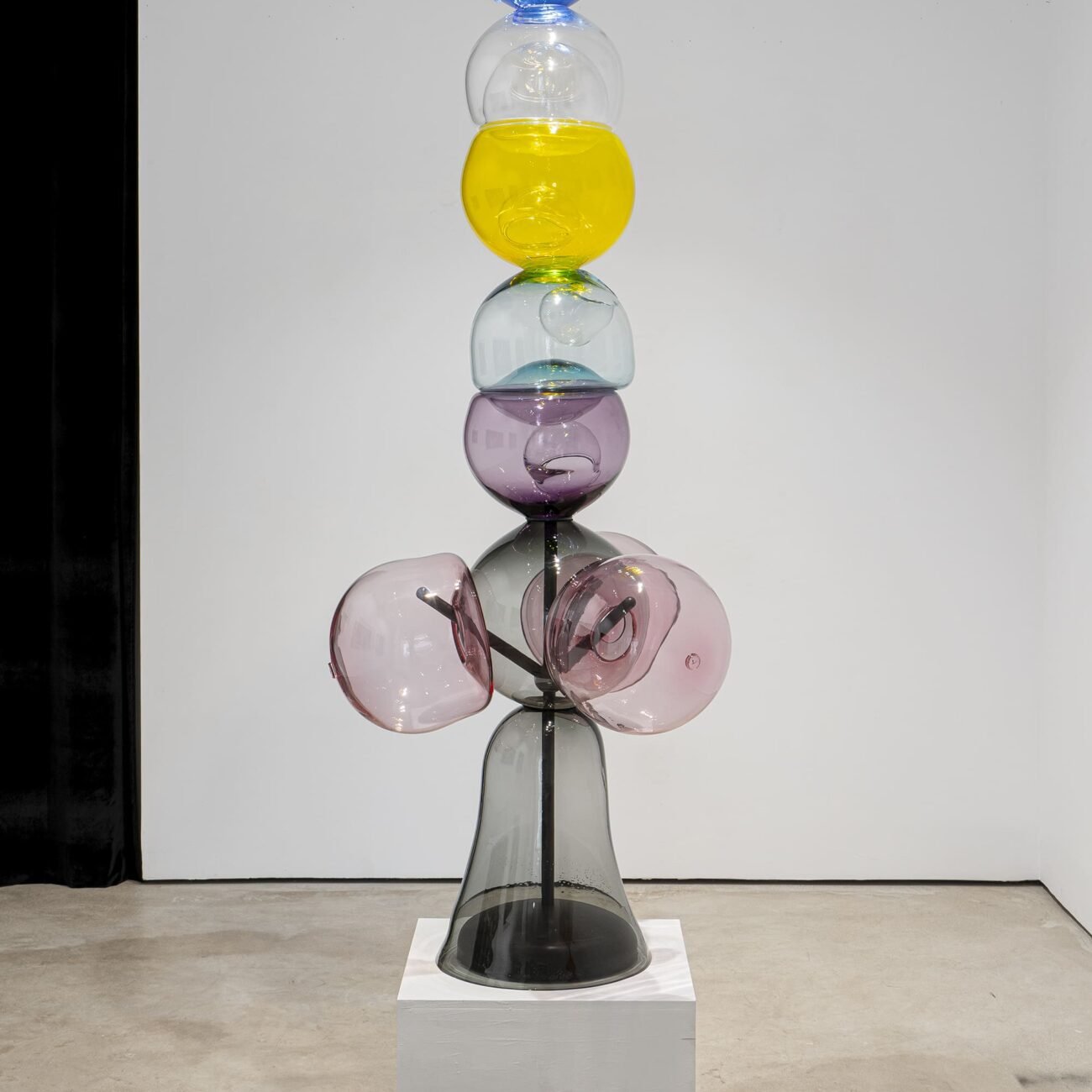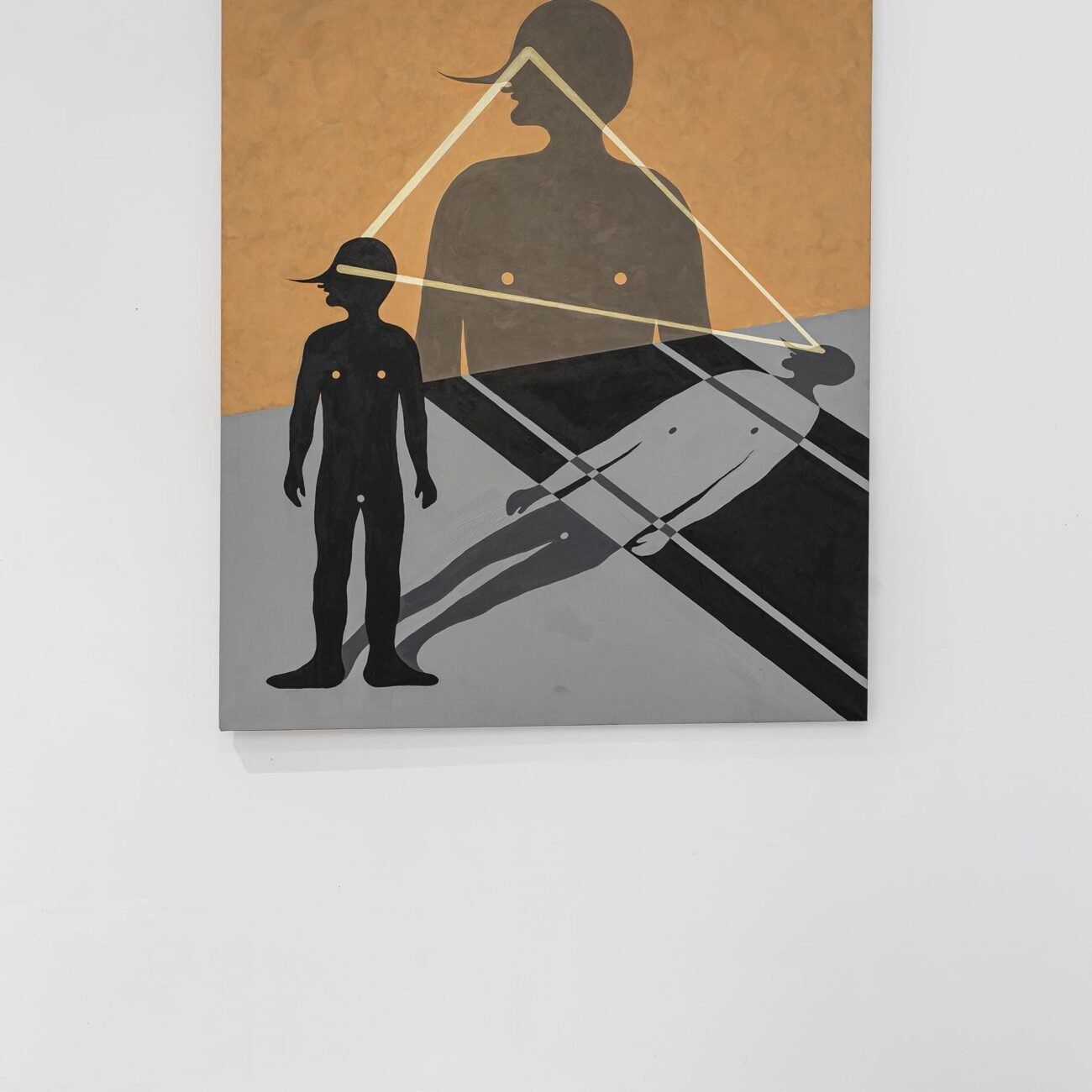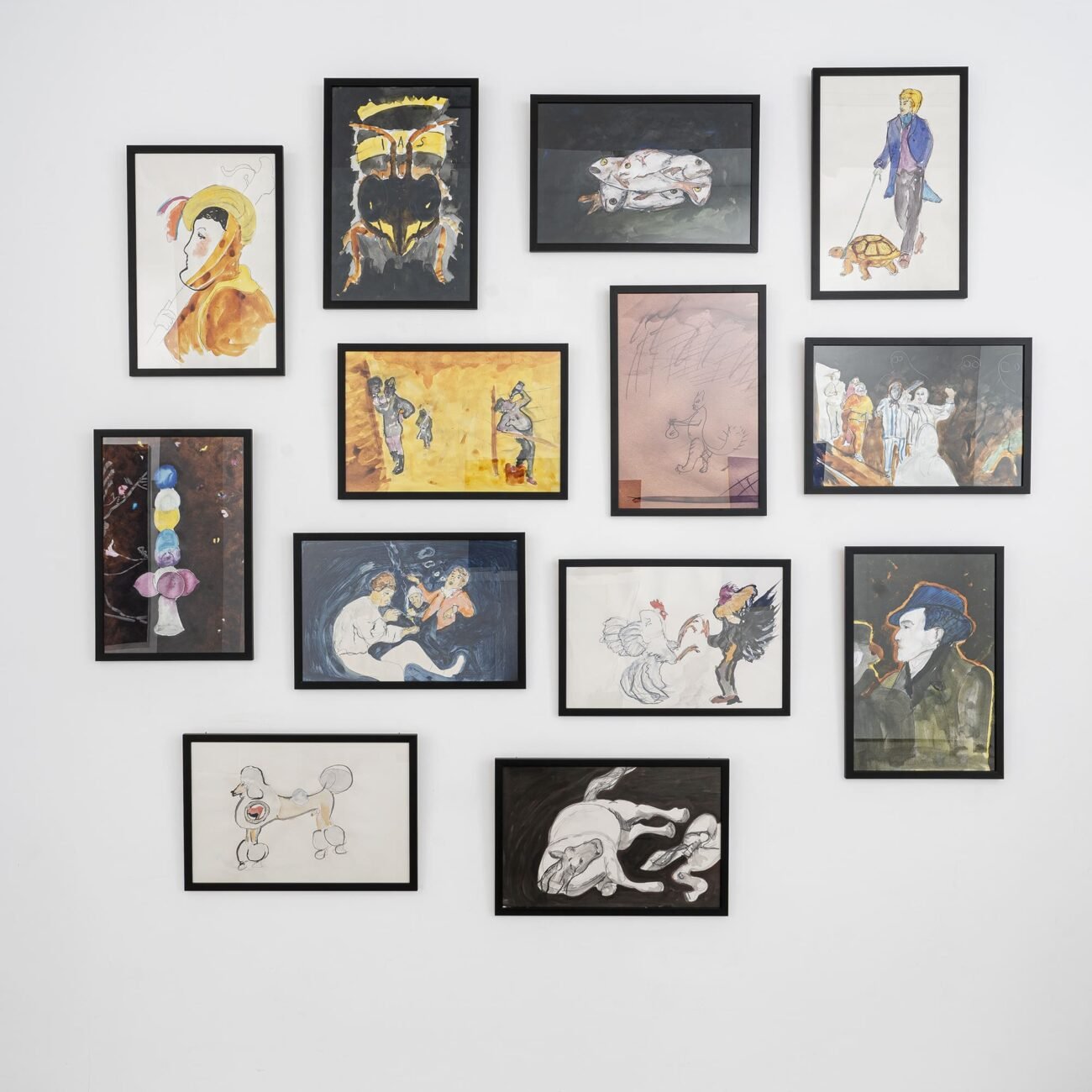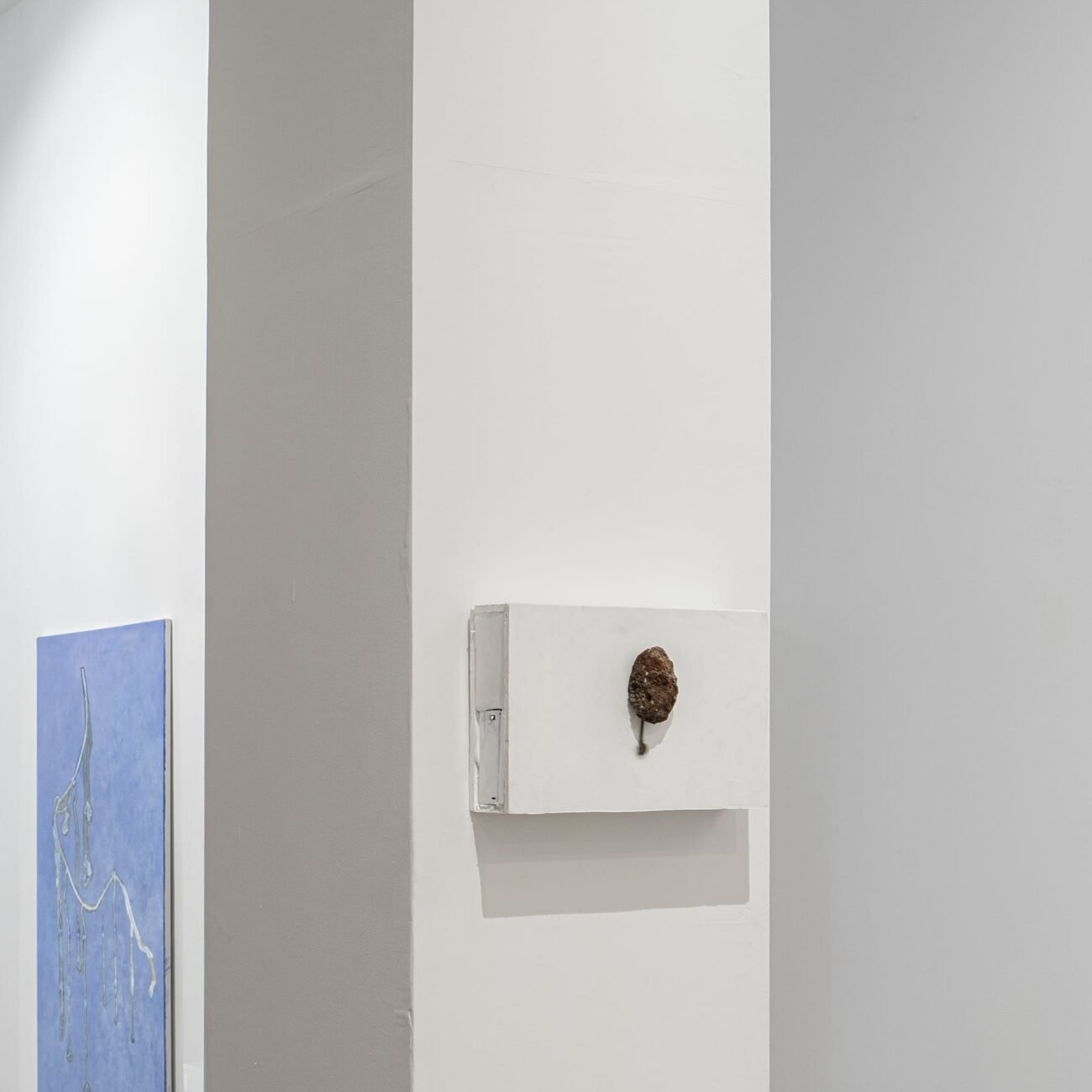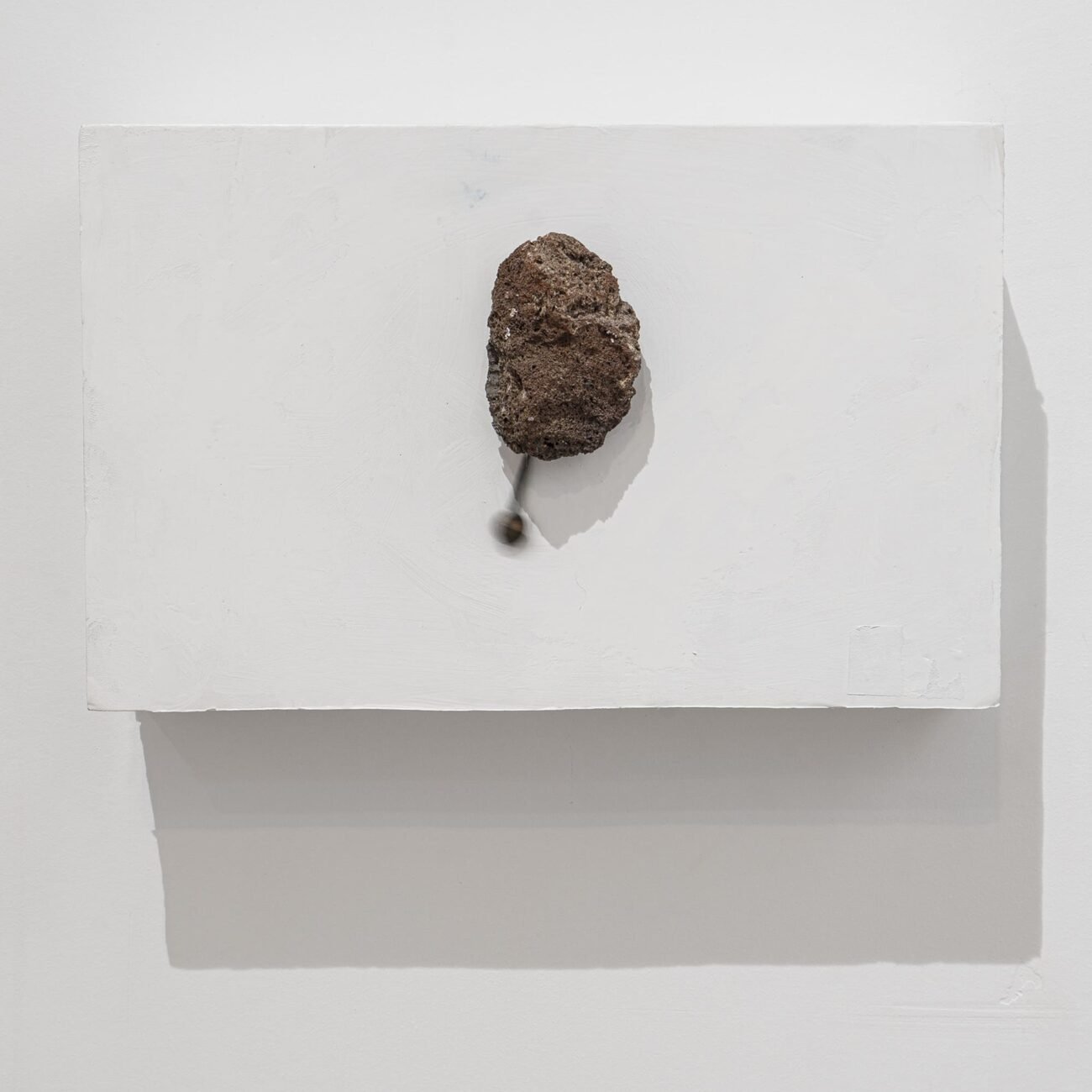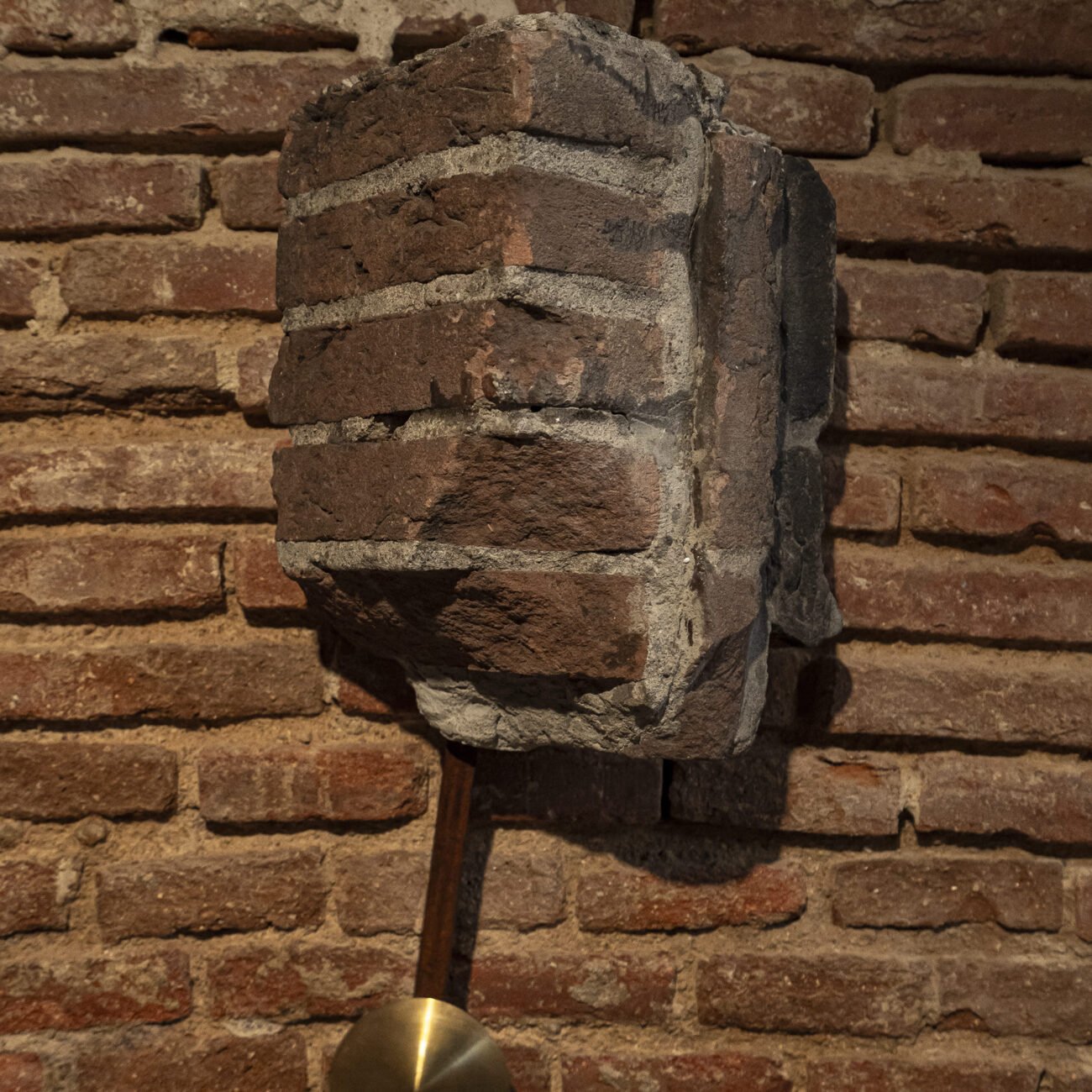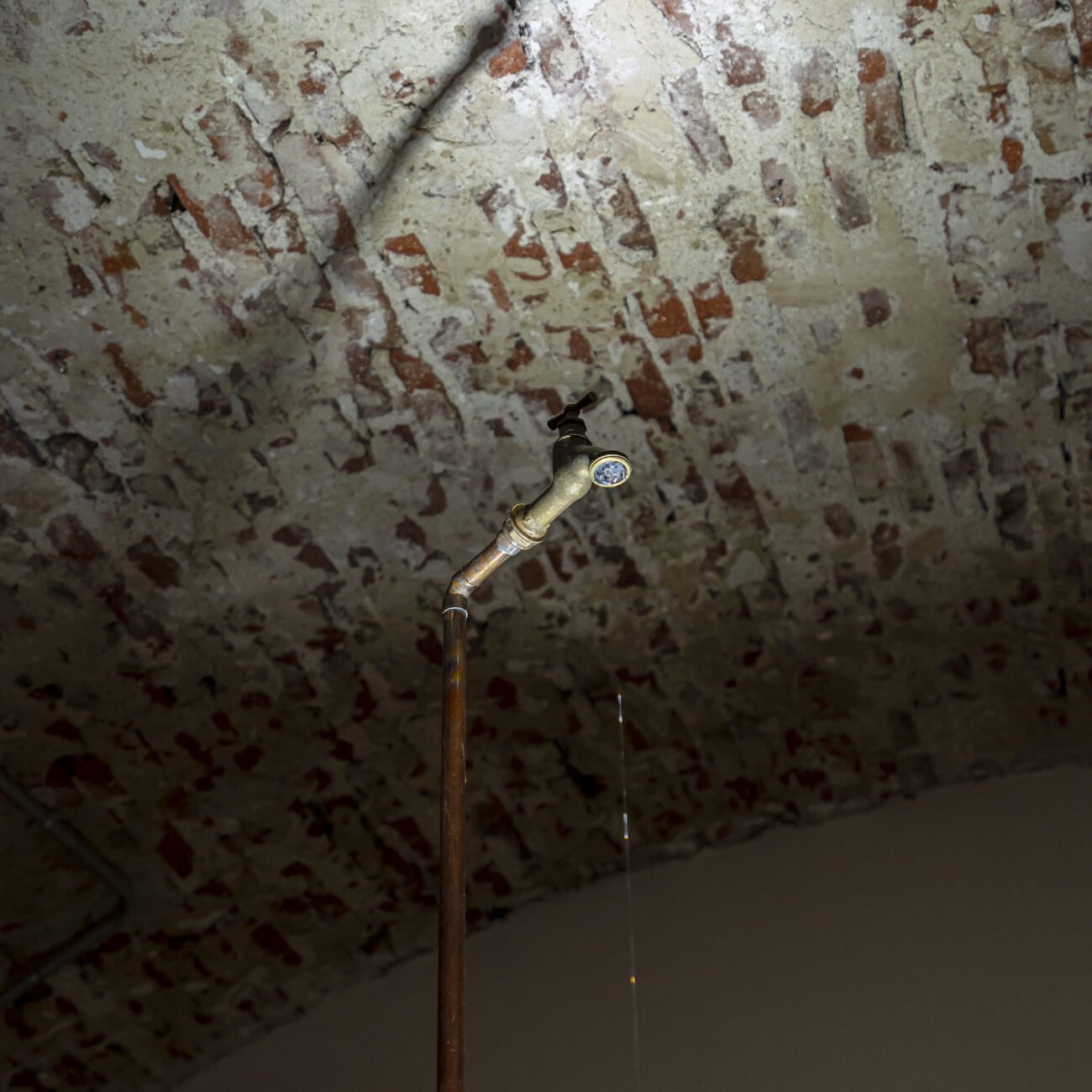Levity and Gravity
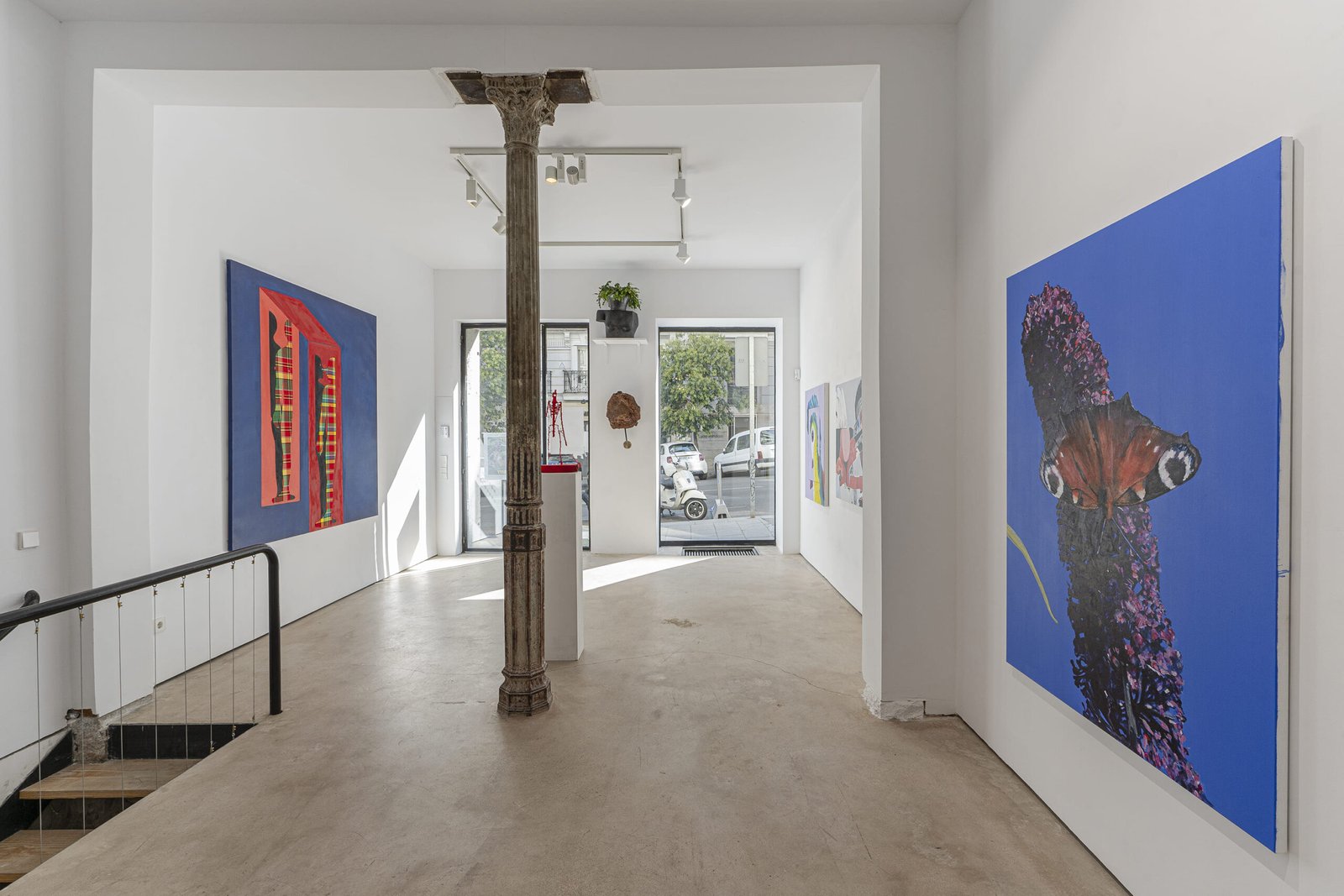
Location and Working Hours
Bárbara de Braganza 9, Madrid. Open daily 11:00-19:00 Monday and Sunday Closed. Saturday until 2pm.Curators
Martin Ebner and Klaus WeberLevity and Gravity: Martin Ebner and Klaus Weber
The German philosopher Walter Benjamin believed that “to lose one’s way in a city, as one loses one’s way in a forest, requires some schooling”. Those who get lost intentionally, look at their surroundings with different eyes, and only then can unravel the book of history that, according to Benjamin, is written in the objects of the city. For him, every epoch needs a walker who, like a detective or an ethnographer, must abandon a gaze that has been tamed by routine in order to decipher the meaning hidden in material things. The artists Martin Ebner and Klaus Weber belong to this lineage of walkers. Wandering attentively, they penetrate the meaning of things and transform their findings into a multiplicity of works that lead us to question our preconceived ideas of reality.
Martin Ebner (Austria, 1965) walks the streets of each city he visits, observing carefully, looking for objects that represent the inner psychology of those spaces. As if he were a natural scientist, when he finds these objects, he photographs them and stores them in a visual diary that he has kept for more than thirty years. Several paintings in this exhibition are reinterpretations of images taken from this archive in which he preserves his memory, which is also the memory of the cities.
Ebner not only collects images but also toys, like Benjamin. Three works in this exhibition are based on toys that have ended up in his hands. Ebner modifies the colours, focus, and size to highlight the psychological features they conceal. Like the black bottomless eyes of the panther in ‘Tokyo Panther’, in which Ebner sees the same sad aura he perceived in the inhabitants of that city. For him, as for Benjamin, children’s toys are deeply related to the desires and fears of adults. However, while Benjamin sought to construct a social history out of the toys, Ebner, in his paintings, extracts their inner psyche. Therefore, it is no coincidence that emotions may be perceived through his paintings of umbraculums (those roofs of branches that provide shade without cutting off the air), which were based on photographs taken in his mother’s garden. These works, despite being minimalist and of cool tones, express human emotions such as serenity or sadness, even transforming the rigidity of the branches into the graceful movements of a dancer. Using conceptual procedures, Impressionist and Expressionist techniques, and the humor of postmodern art, Ebner reinvents memory.
Today, a walker’s utopia is a city without cars. In the video ‘One Less’, Ebner pays homage to the pedestrians of the world by removing a car from their path. It is a subtle fantasy that he filmed in Japan, where he spent some time, walking the streets and noticing the devotion given to cars. An increasingly widespread devotion in the world, as if the car was a technological prosthesis of the body, the space of a futuristic utopia, “the closest thing to getting inside a smartphone”. In this work, the technological arrogance of the automobile is stripped of its protective aura, becoming a small child’s toy among the chopsticks of a playful god. Combining Japanese minimalism with a visual fantasy reminiscent of filmmaker Georges Melies, Ebner creates a work of mystical humor.
Klaus Weber (Germany, 1967) has done urban interventions for decades. Creating sculptures, installations, and water fountains, he has tried to draw pedestrians out of their distractions, to capture their gaze and modify their chain of thoughts. A century earlier, Walter Benjamin smoked hashish and walked the streets of Berlin, not so much seeking new experiences, or the artificial paradises Baudelaire spoke of, as trying to change his perception of the world around him. Weber seeks to produce the same with his works, to alter the mind and generate new neural connections that broaden our perspective of reality. For Weber, art should be like the old vaccines hidden in sugar cubes to be given to children: a defined form that stimulates the senses and contains what is necessary to modify the system. A gradual change that, when you are no longer in the gallery, will produce its full effect.
One of Weber’s favourite sugar cubes is water fountains. He considers sculptures dead objects that when water is added, a bisociation is created between the rigid and the fluid, between the limited and the polymorphous, a union of opposites that allows us to overcome univocal visions. ‘Drop Clock’ is a fountain in which the water does not flow but drips, at regular intervals, marking the passage of time by leaving a brief record that dissolves in the trails that each drop imprints on the water and that a hidden beam of light projects on the ceiling. We see and hear the passing of time, but of a time that does instead of going forward, it repeats itself, like a tape measure without numbers with which we could pretend to measure the universe.
‘Rock Clock’ and “Brick Clock” are also clocks that measure nothingness. The first one came to him while walking through London and a stone fell from a building. He then thought of combining the immobility of the stone with the persistent oscillation of a pendulum. The conjunction of opposites is a constant in Weber’s works. He attaches water, plants, or mushrooms to the dead matter of a sculpture. At times it is reminiscent of the works of the surrealists, who brought dissimilar objects together to awaken unconscious associations. However, Weber’s bisociations are not so much driven by the unconscious as by a kind of artistic dialectic, by bringing together an object with its opposite to reveal the potential of its qualities. The writer Arthur Koestler considered this conjunction, which he called bisociation, to be a central structure in art, as well as in science (and jokes), consisting of connecting previously unrelated ideas, to allow original thoughts to emerge. Bisociation is central to the way Weber conceives his works. If Benjamin read in objects the social transformations that were taking place, Weber, on the other hand, modifies the relationship between those objects so that his works produce, as if it were a psychedelic drug, a change in our perception of reality.
In Levity and Gravity we witness the works of two walkers through the streets of the 21st century who, following different paths, explore memory and the future, the structure of the psyche and its potential transformation, fusing elements of great conceptual density with play, humour, and sadness.
Alan Meller

